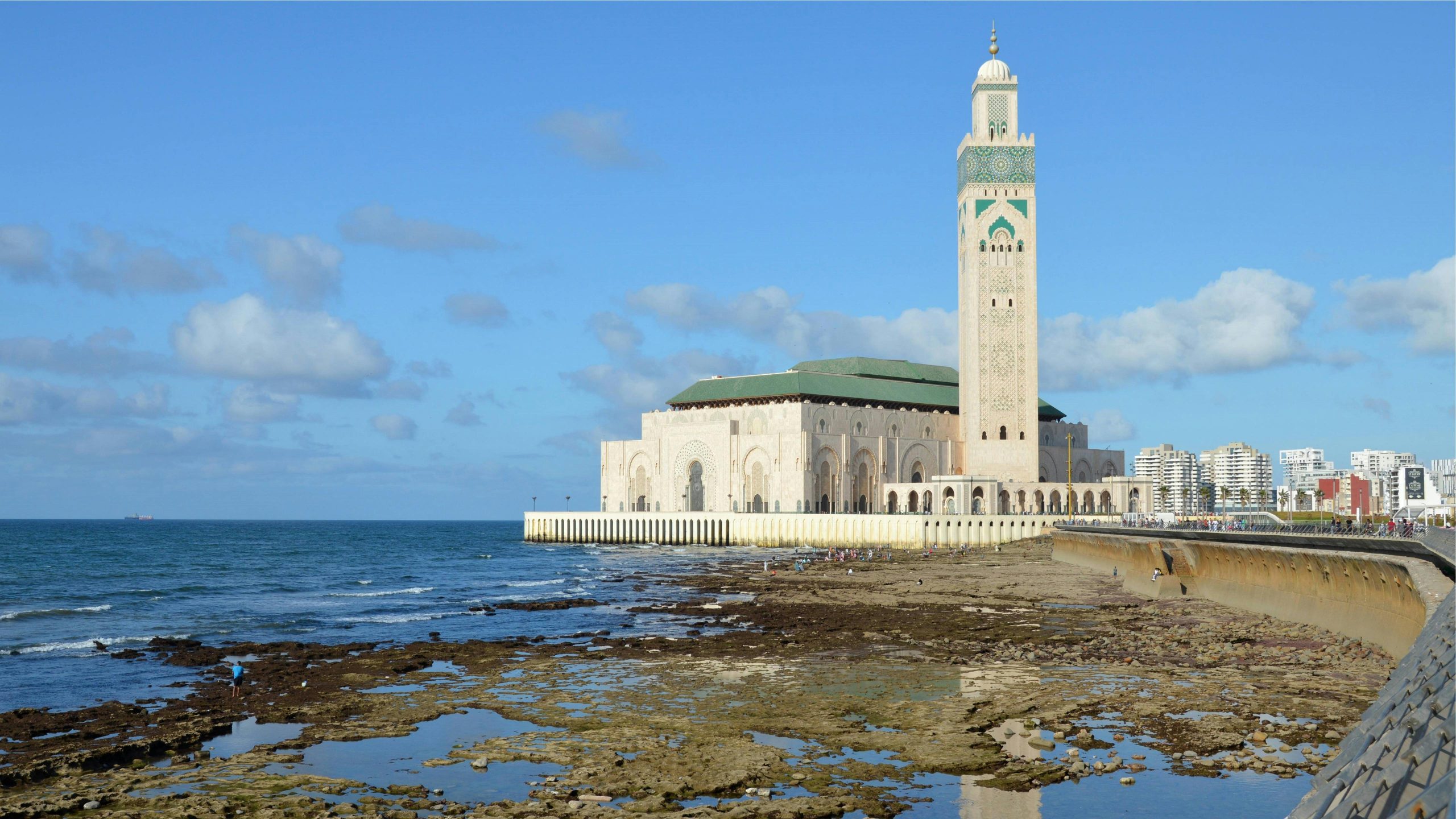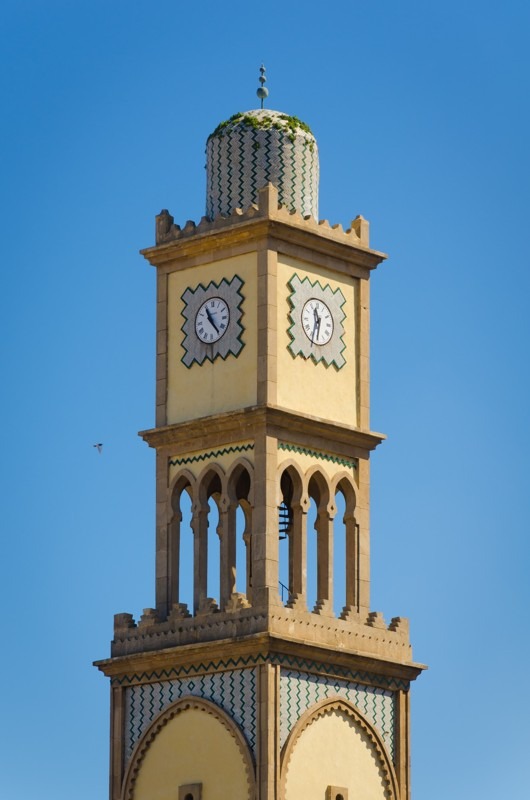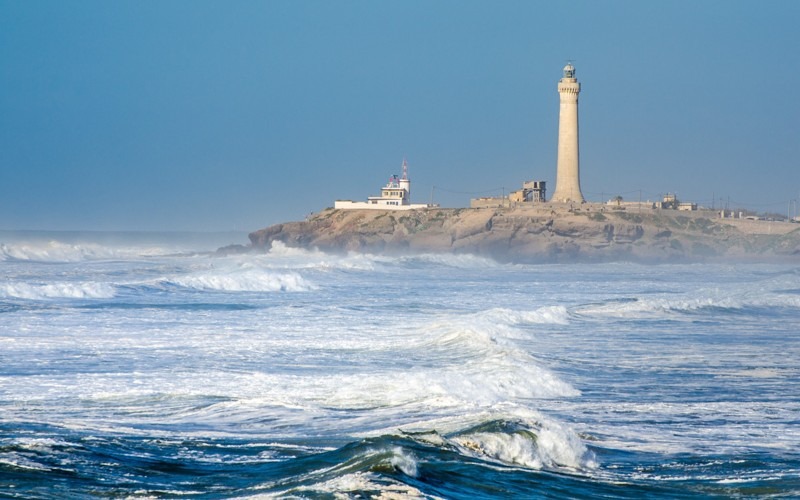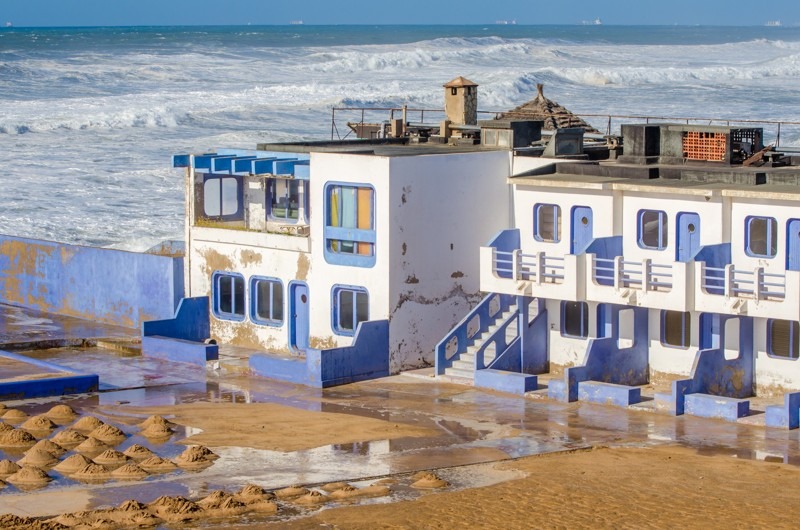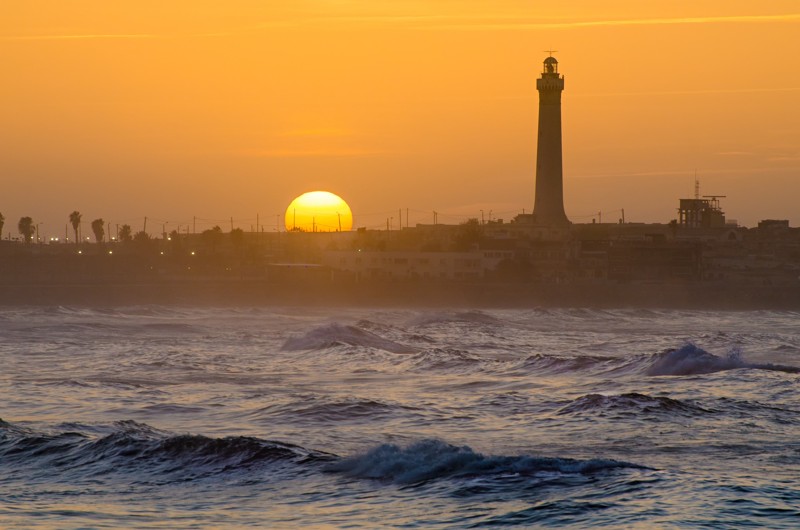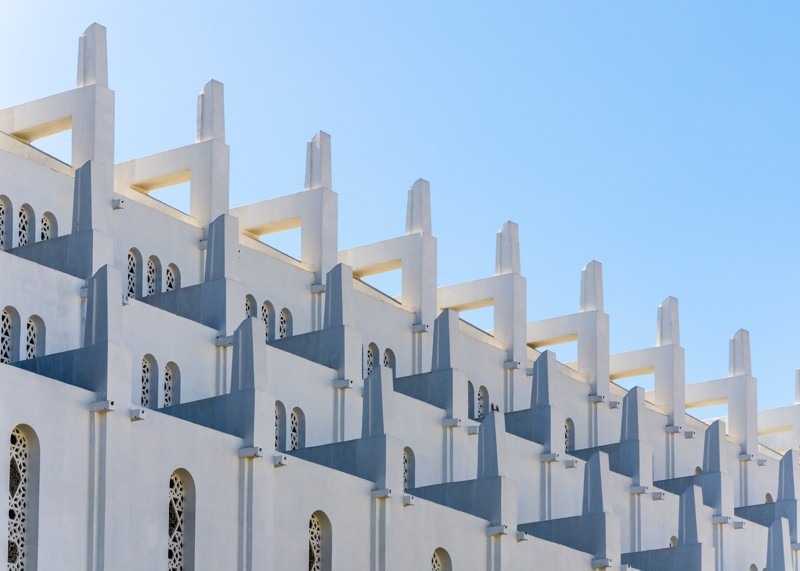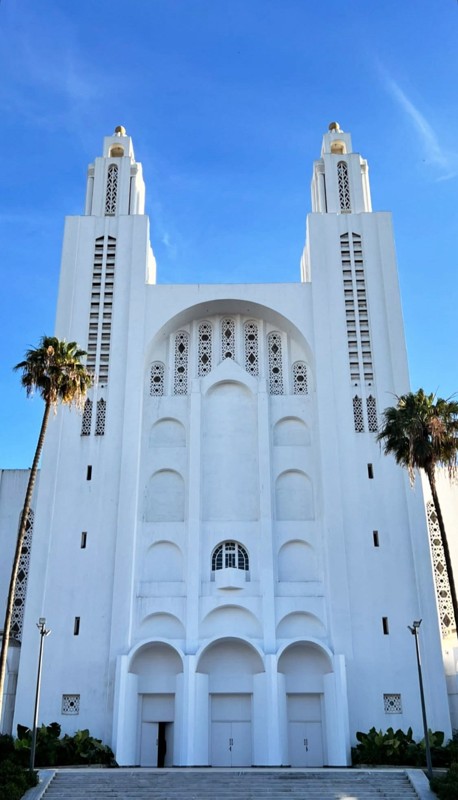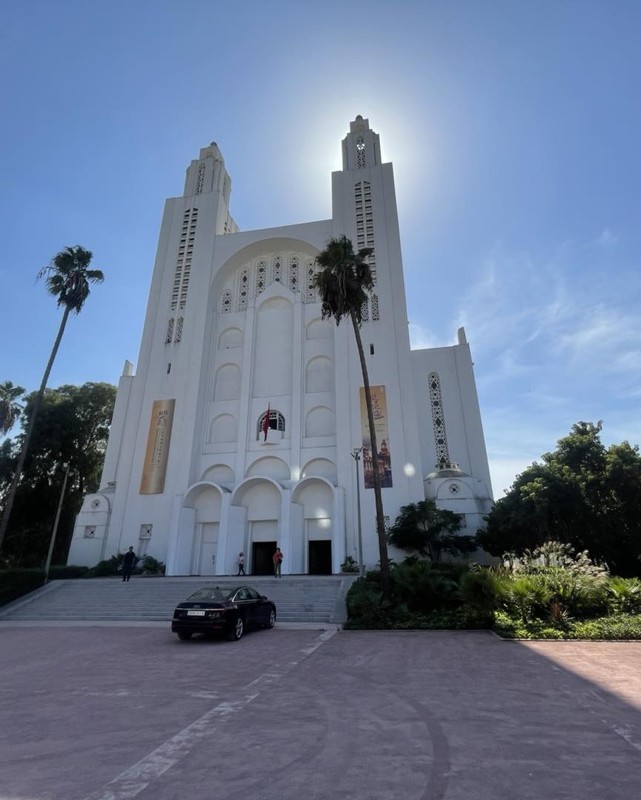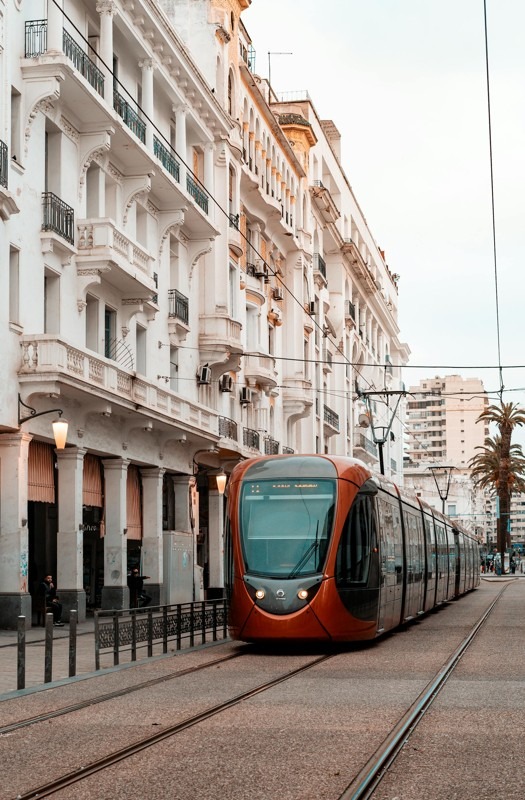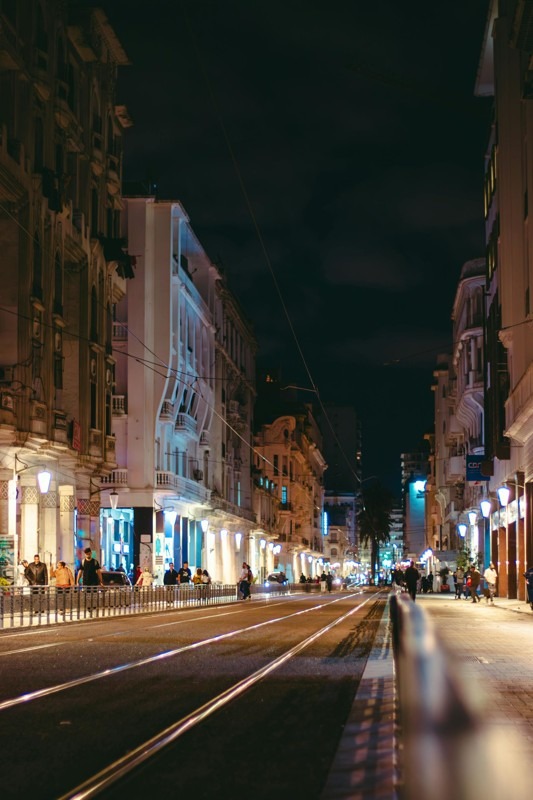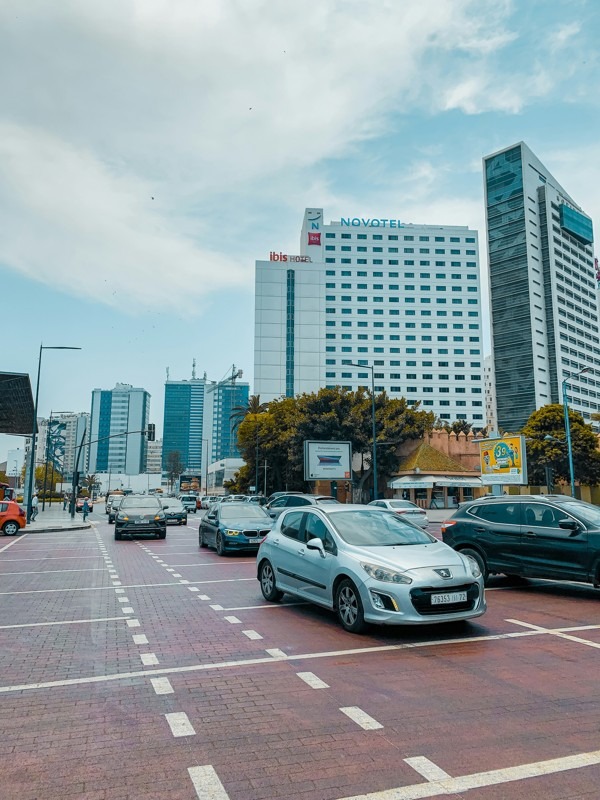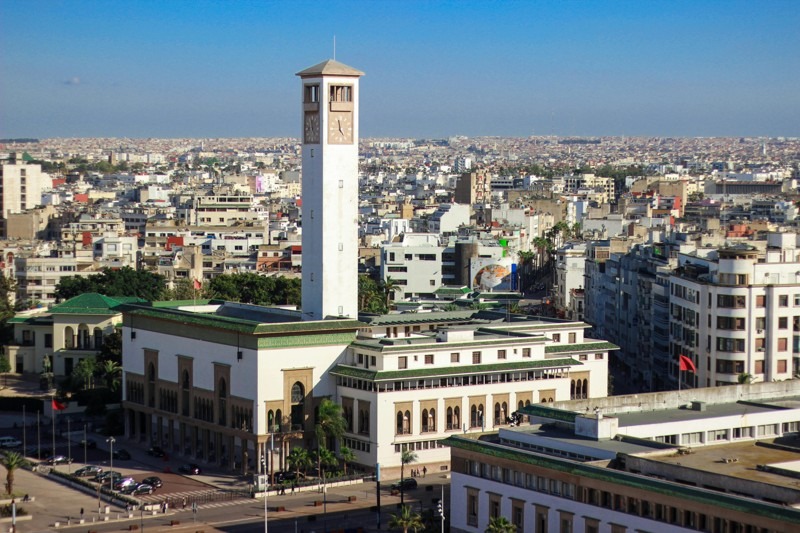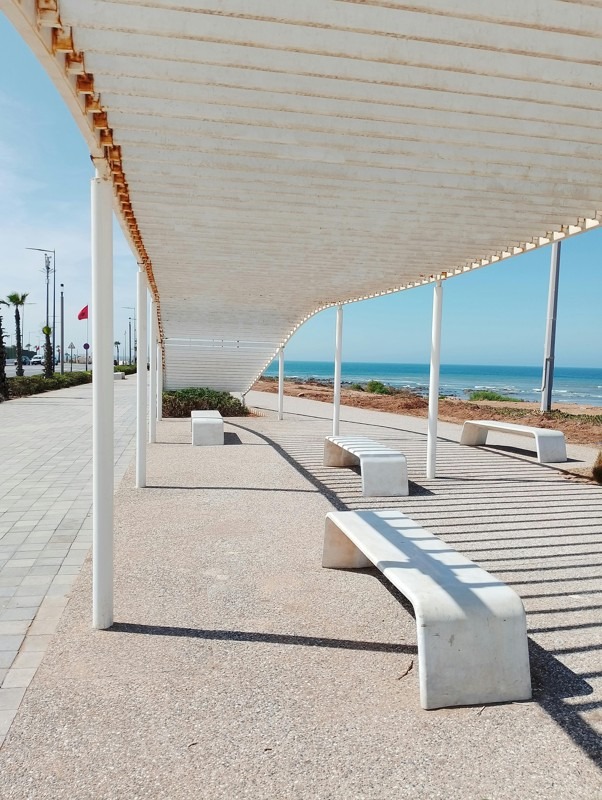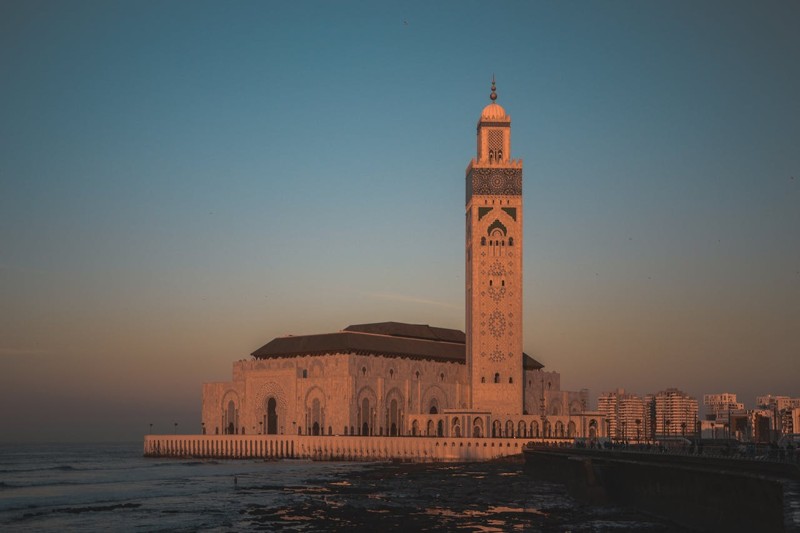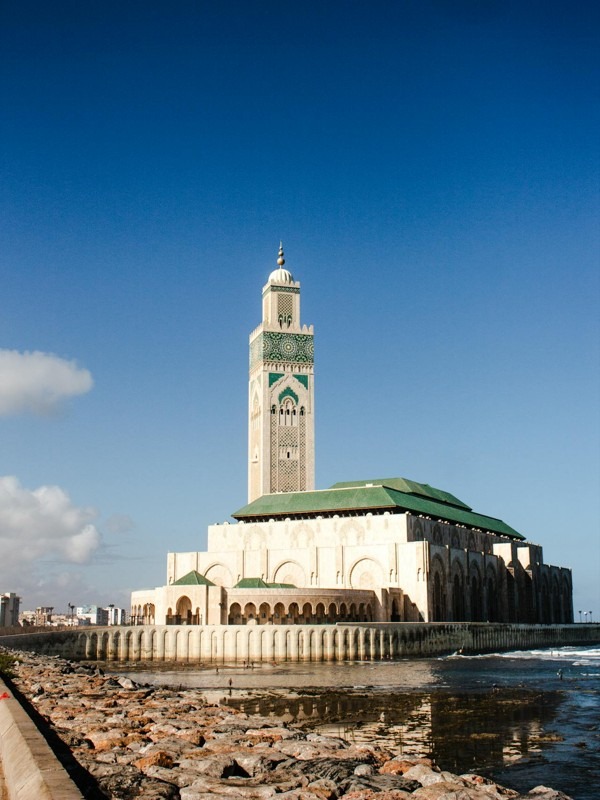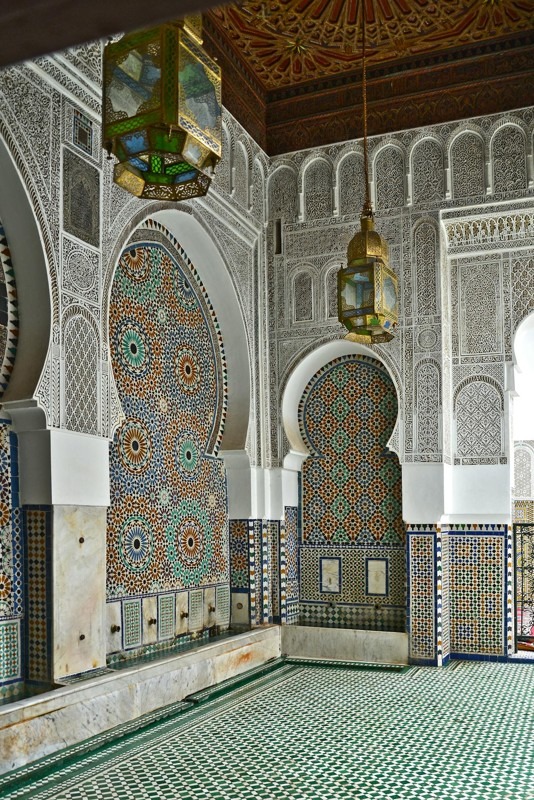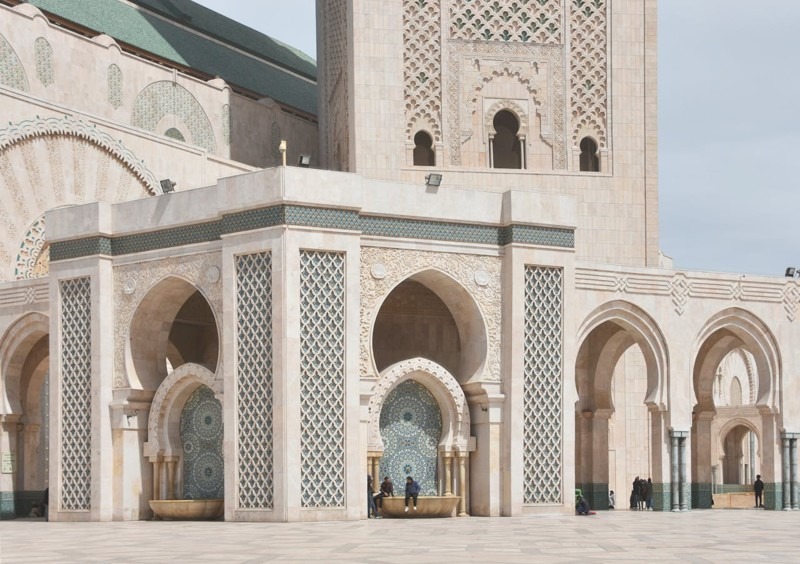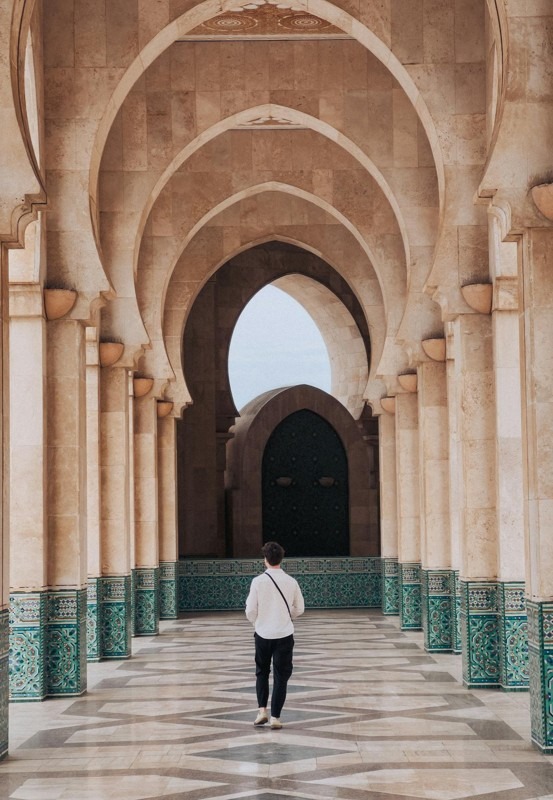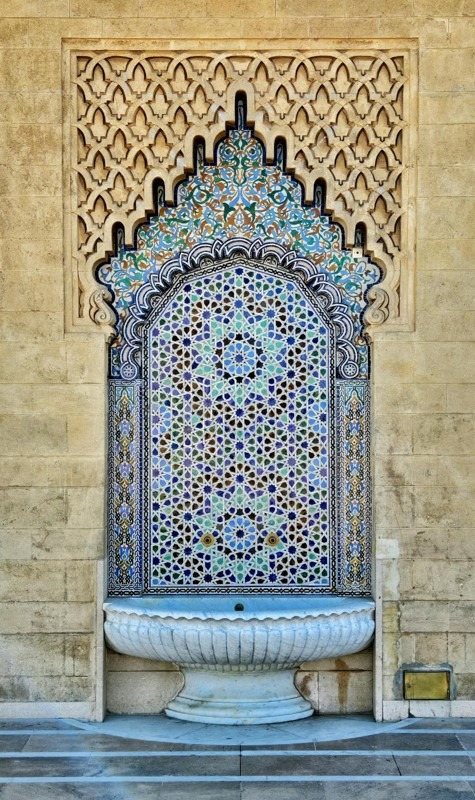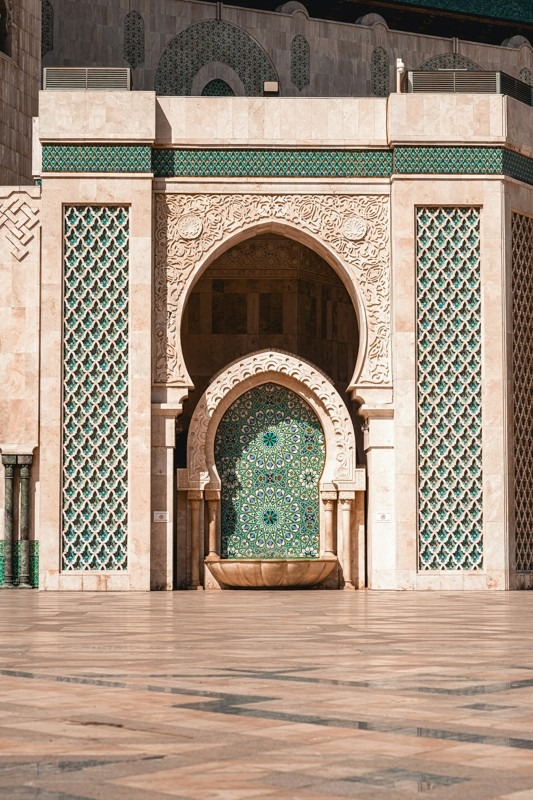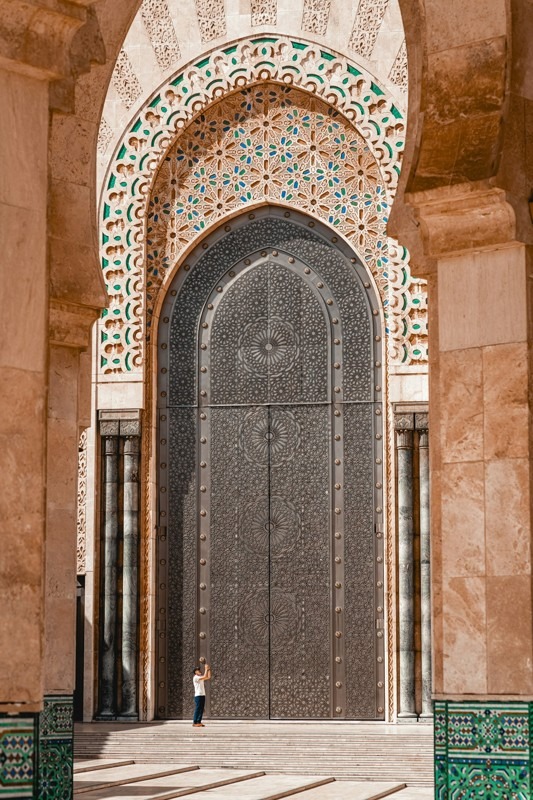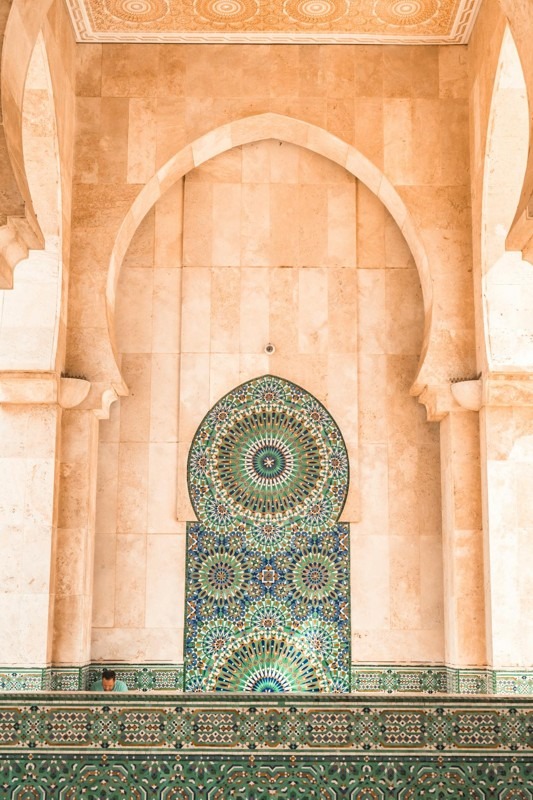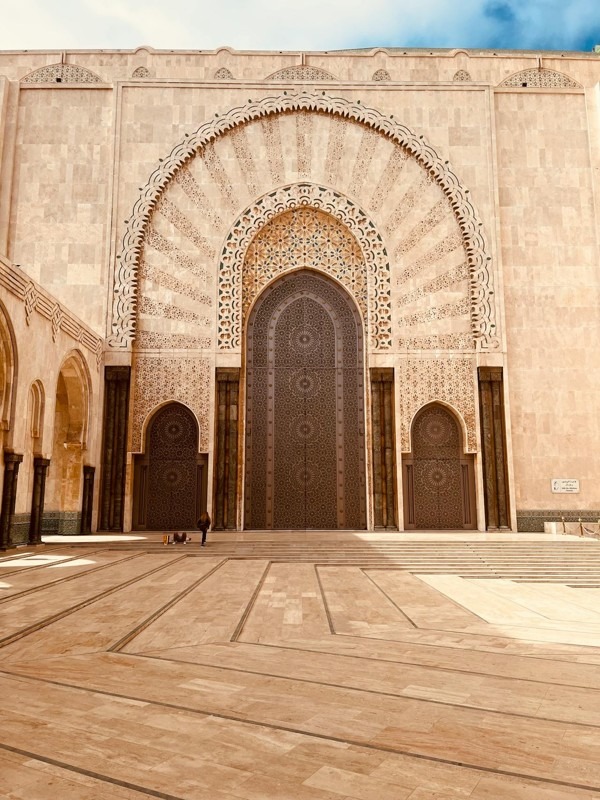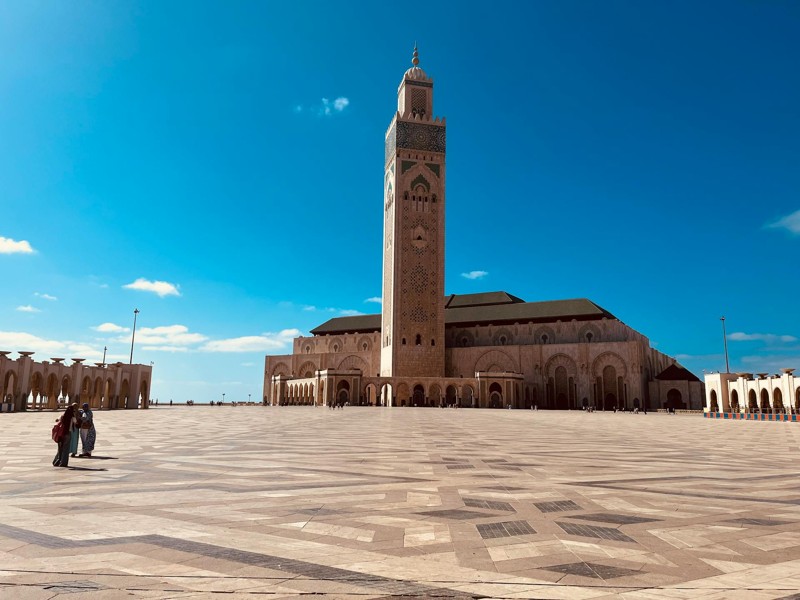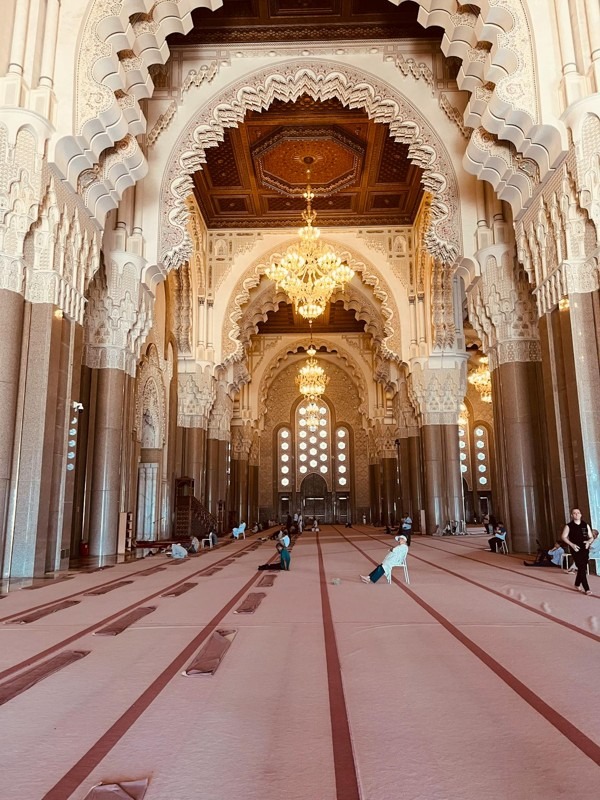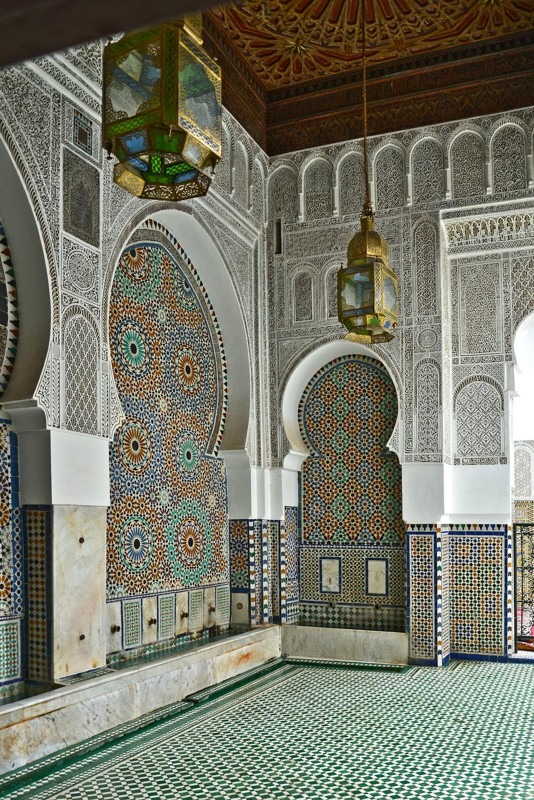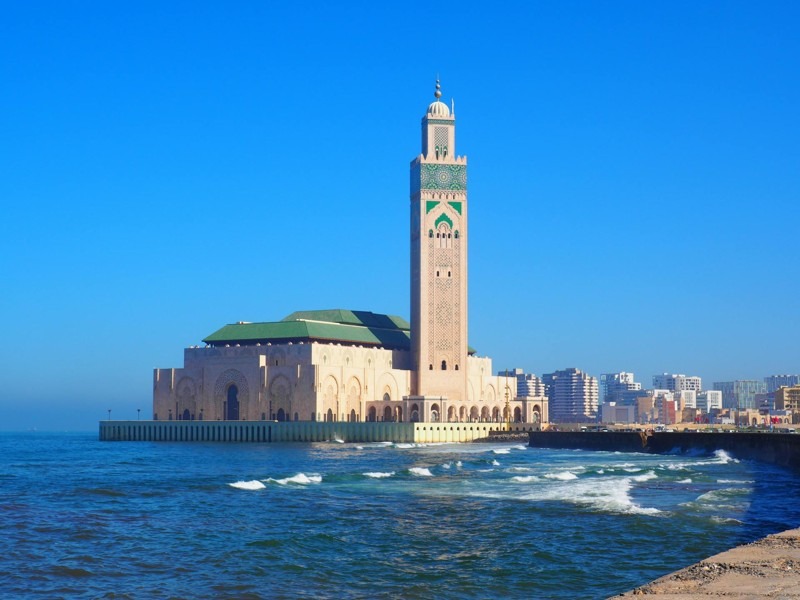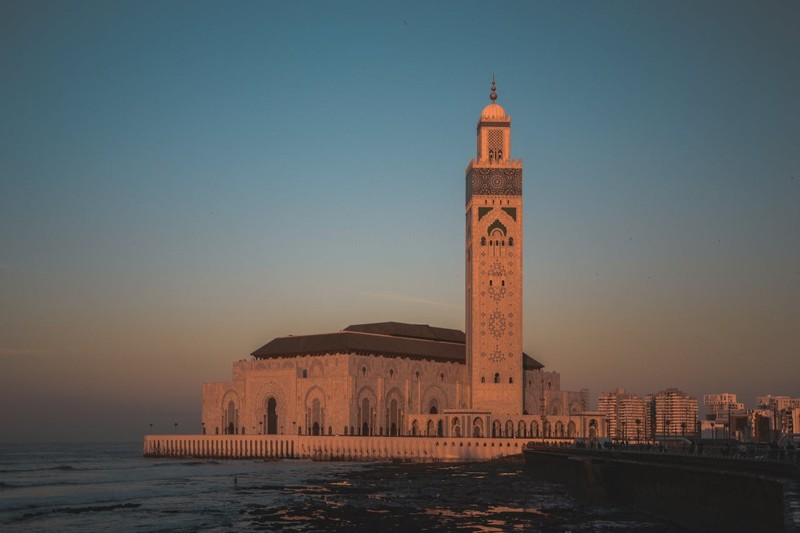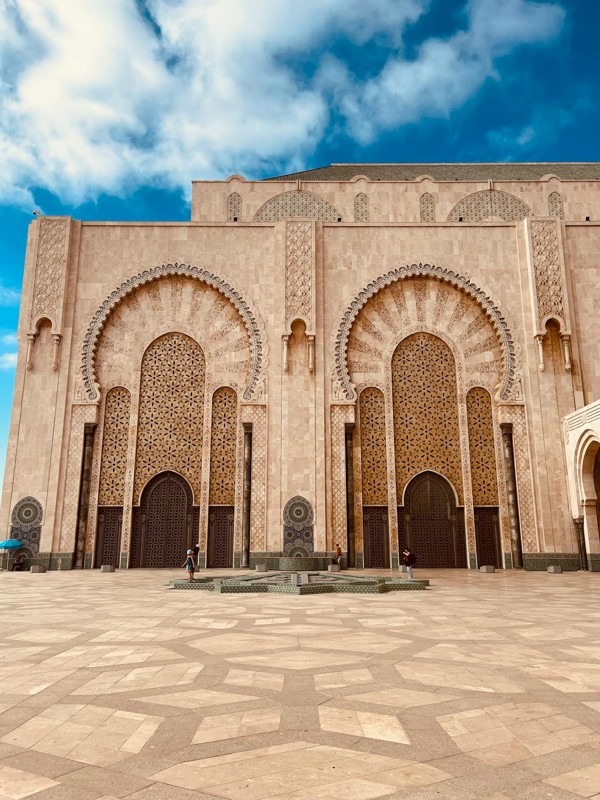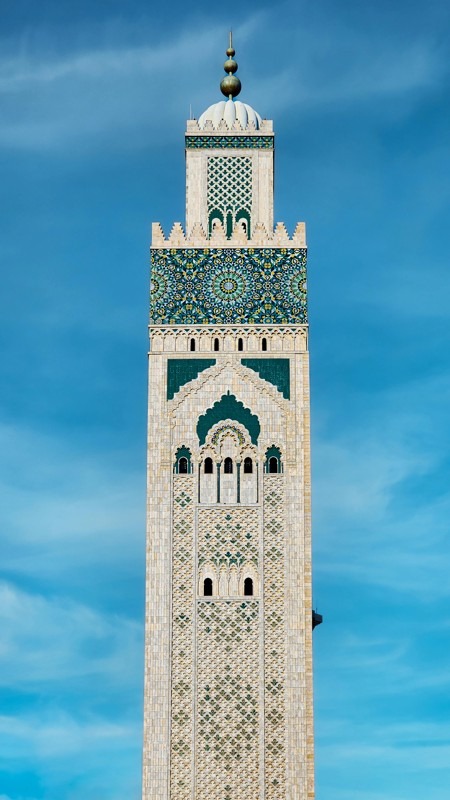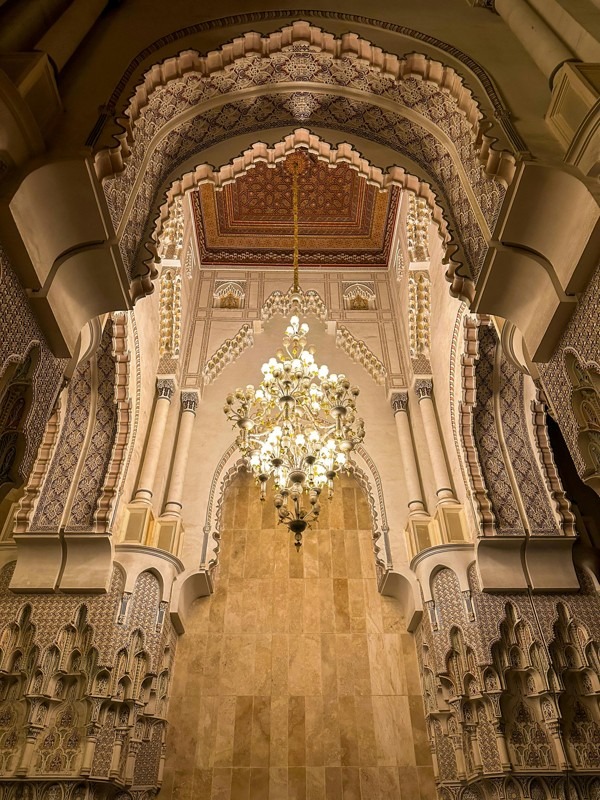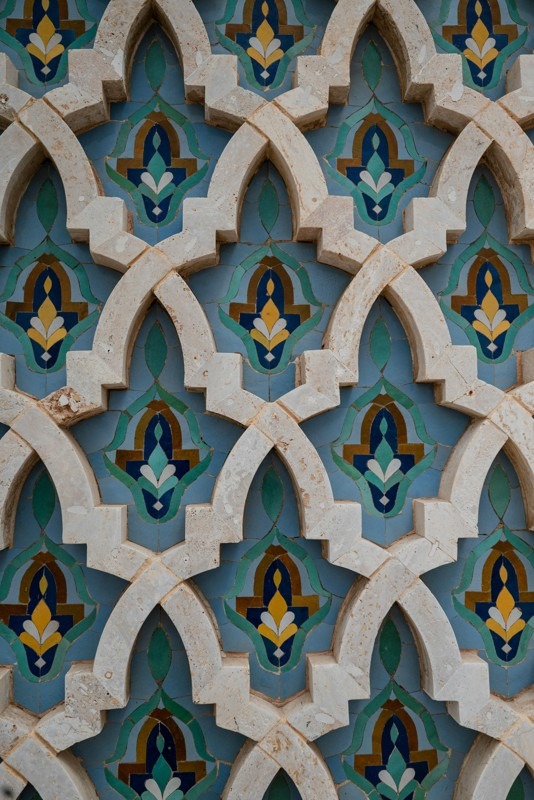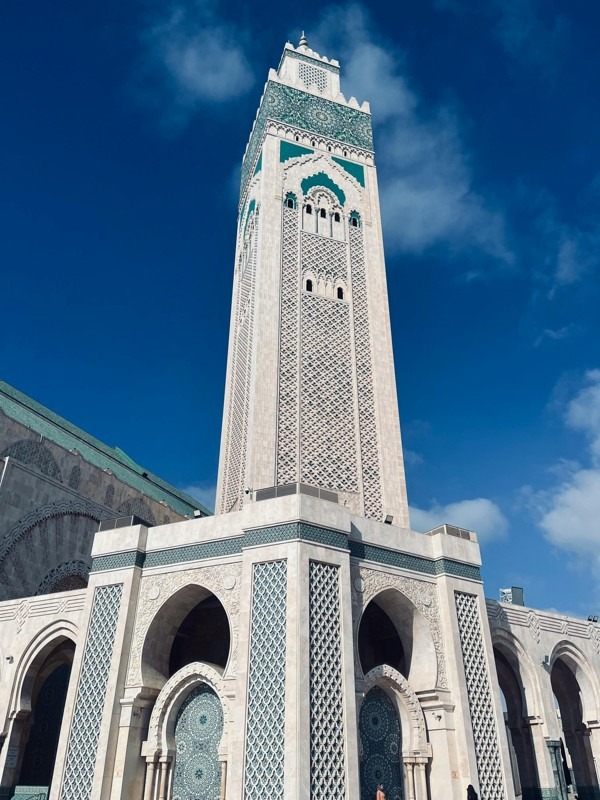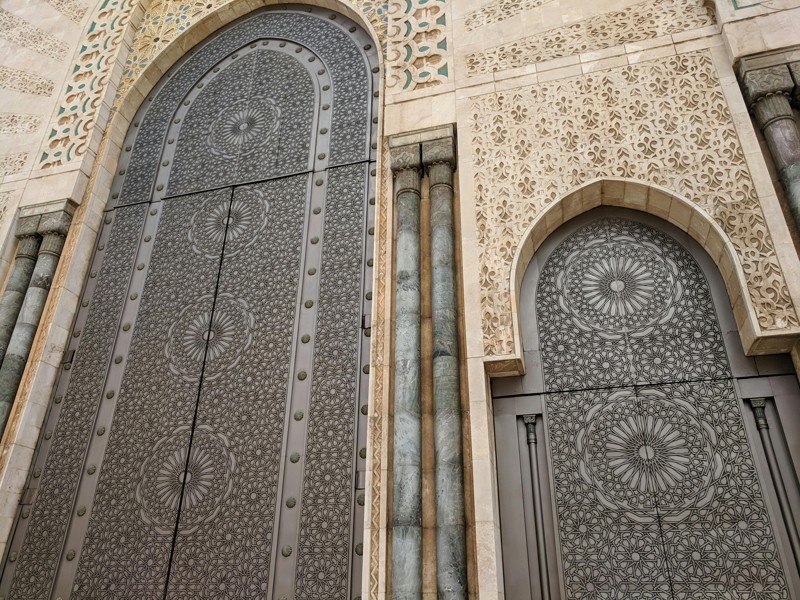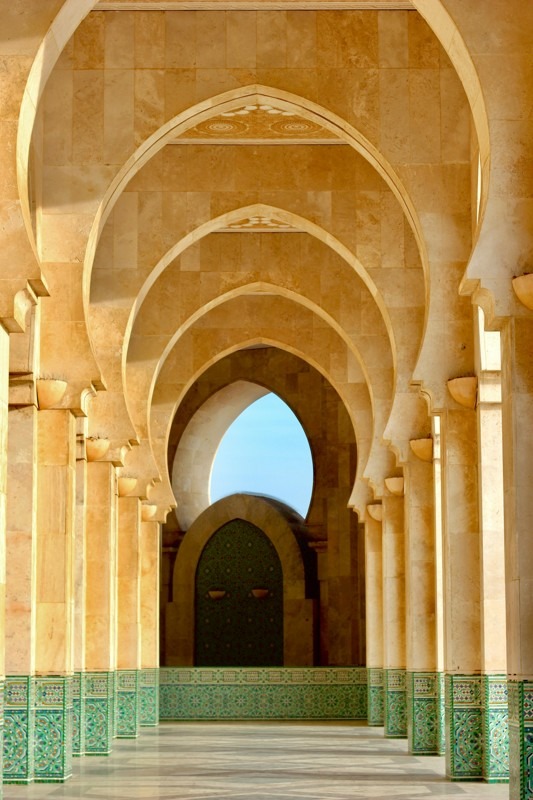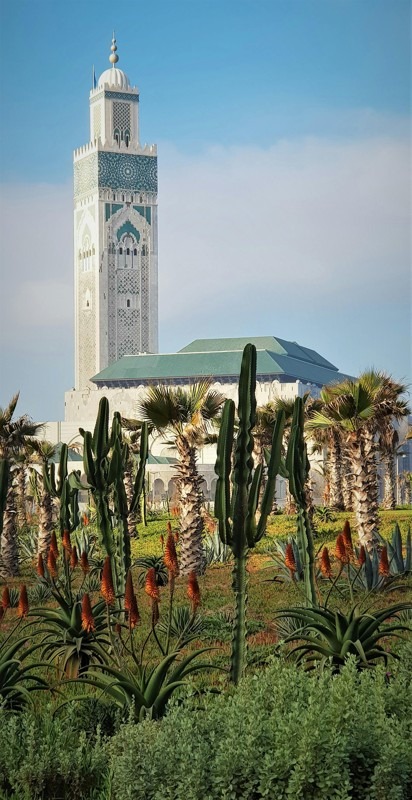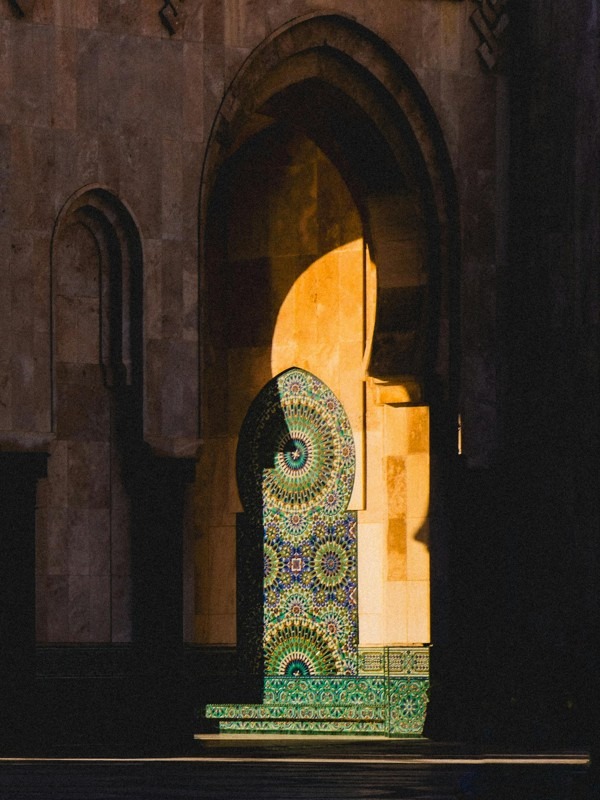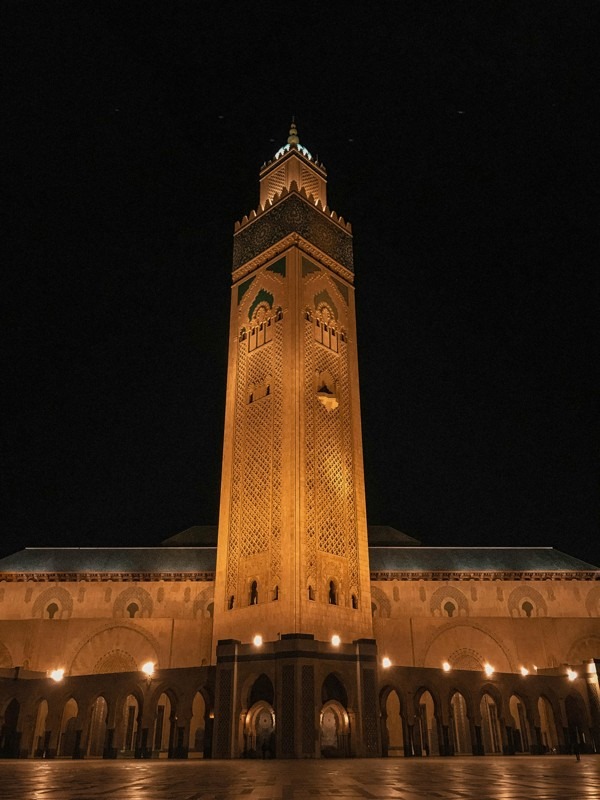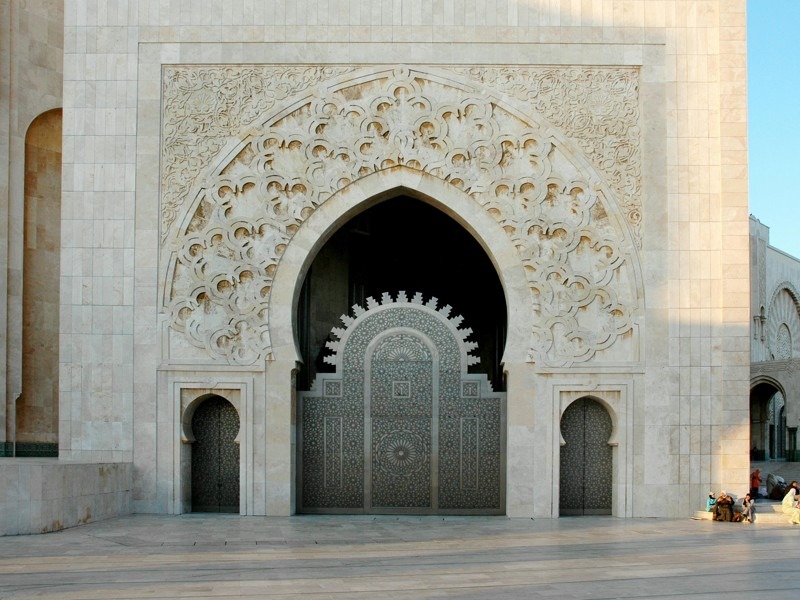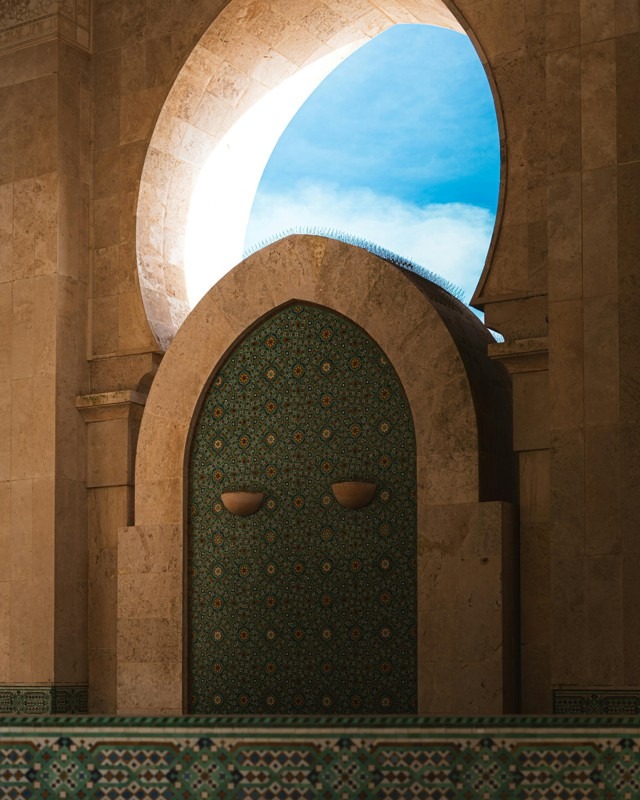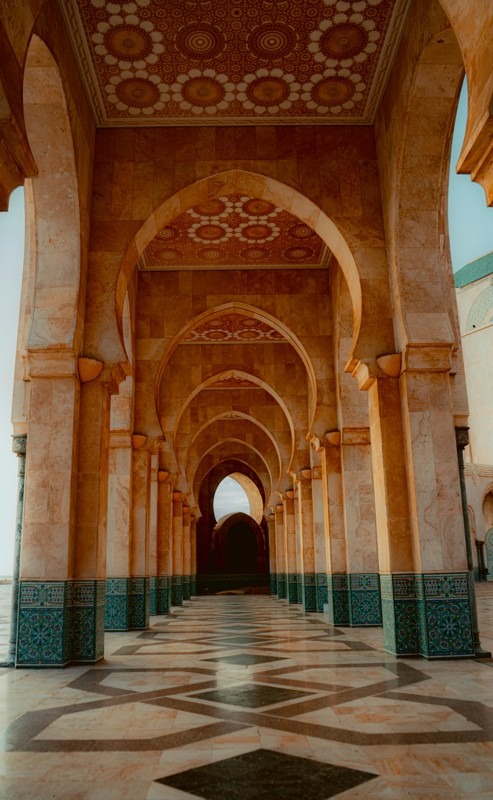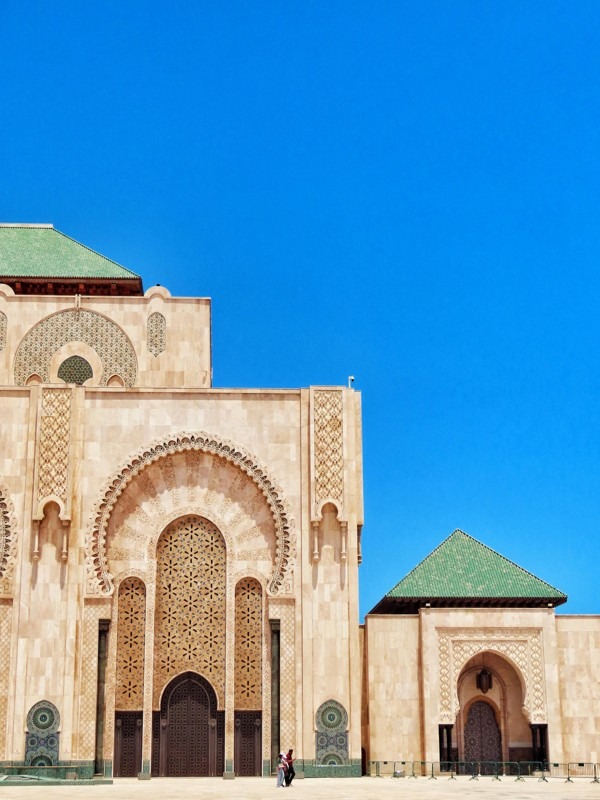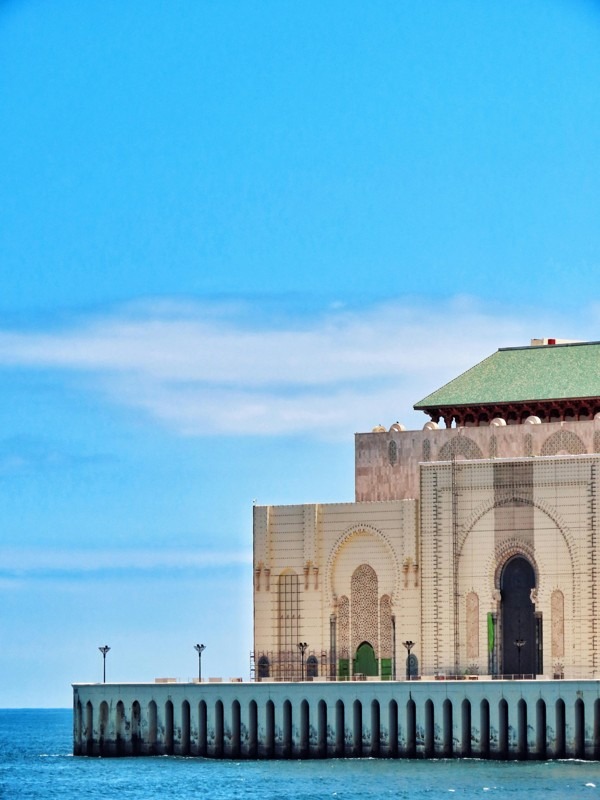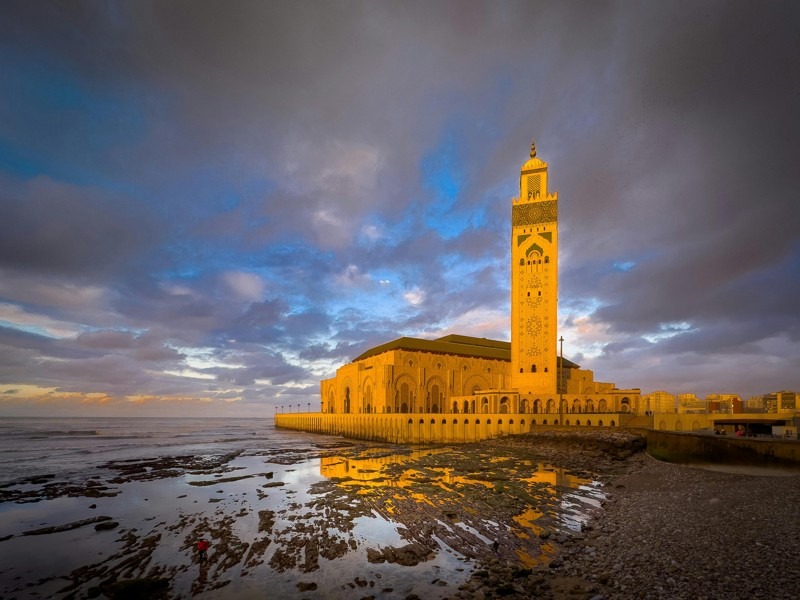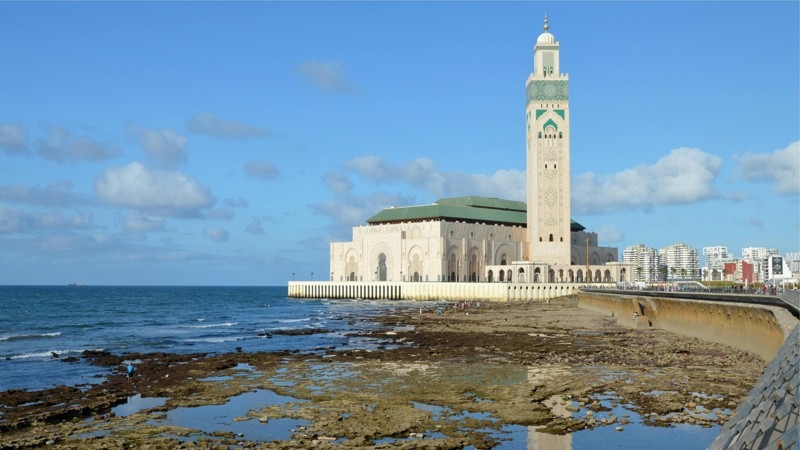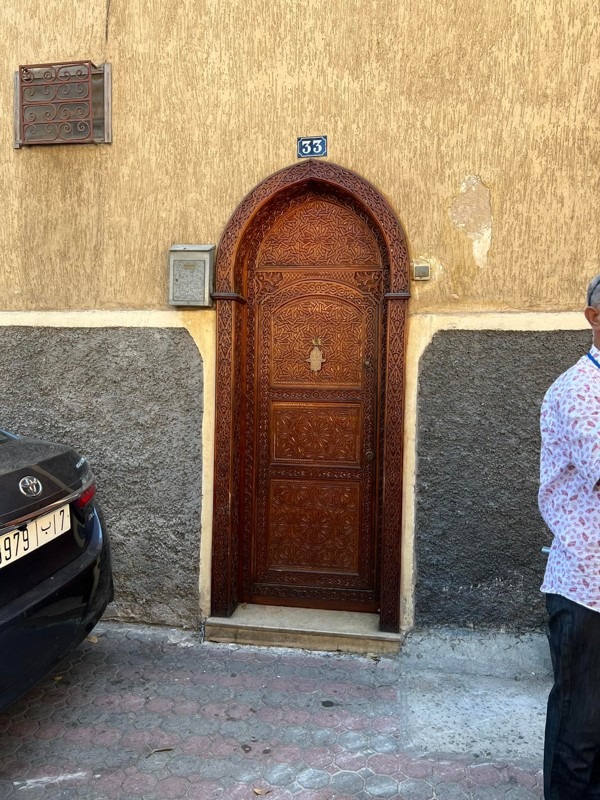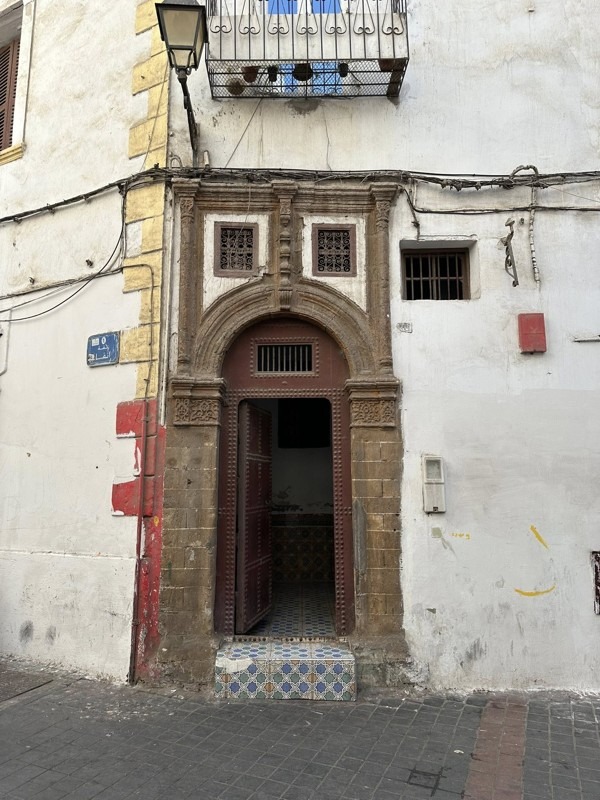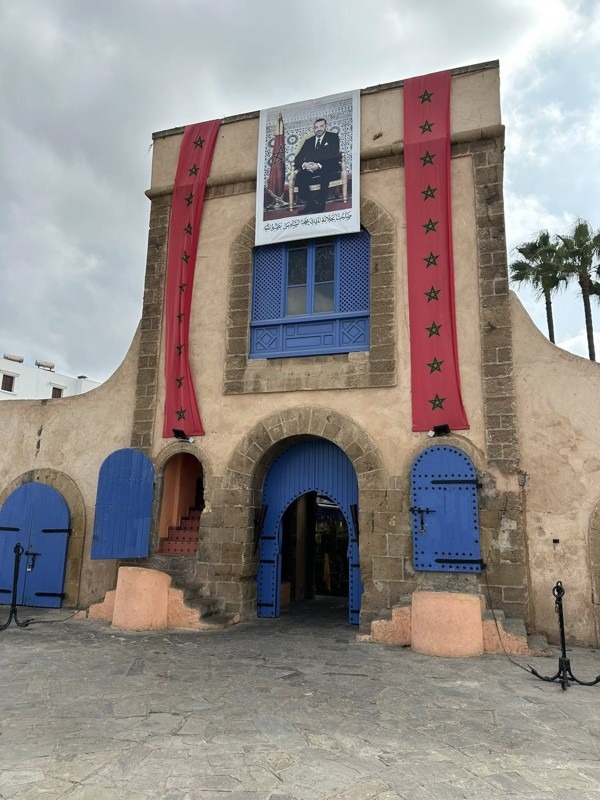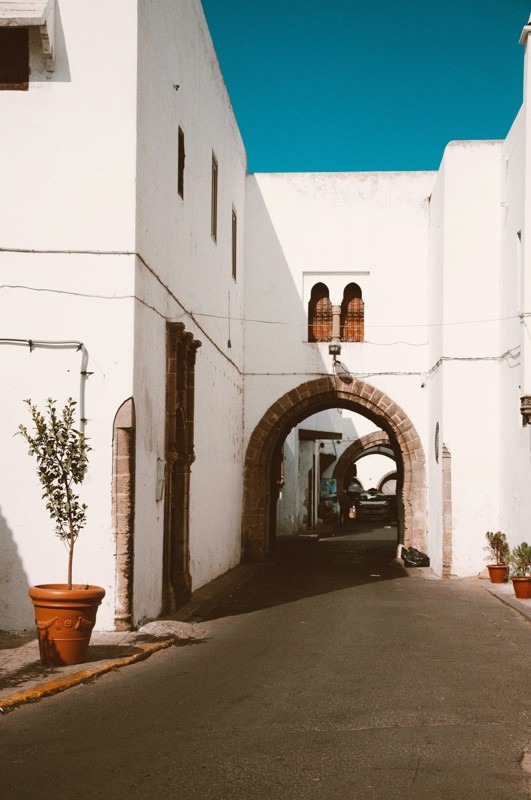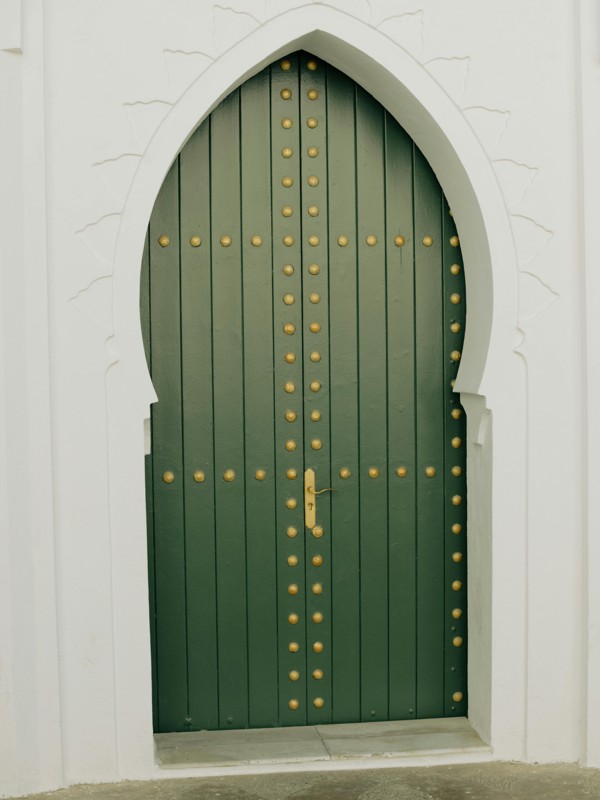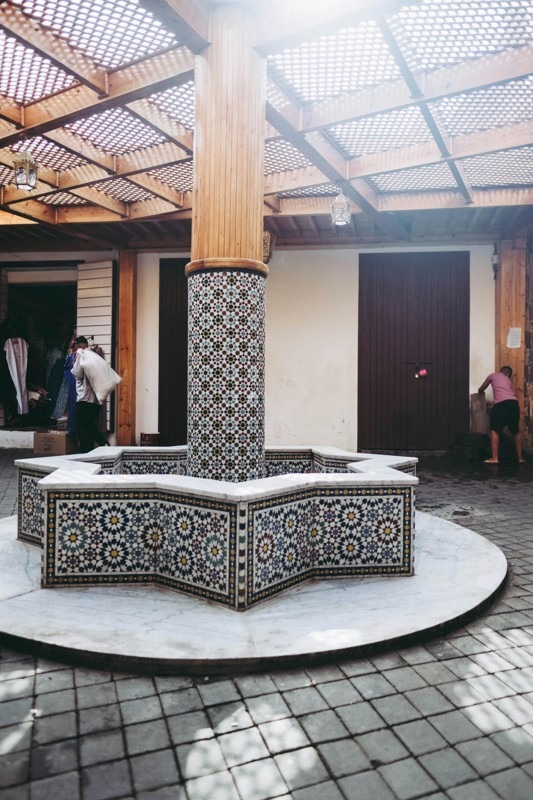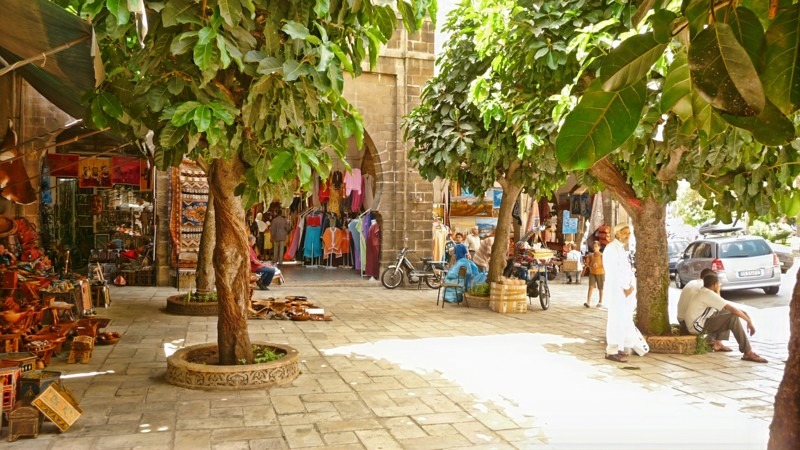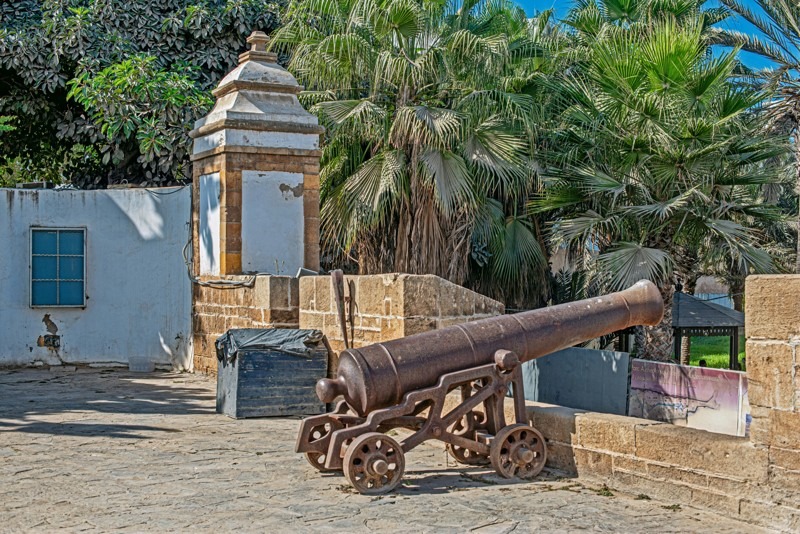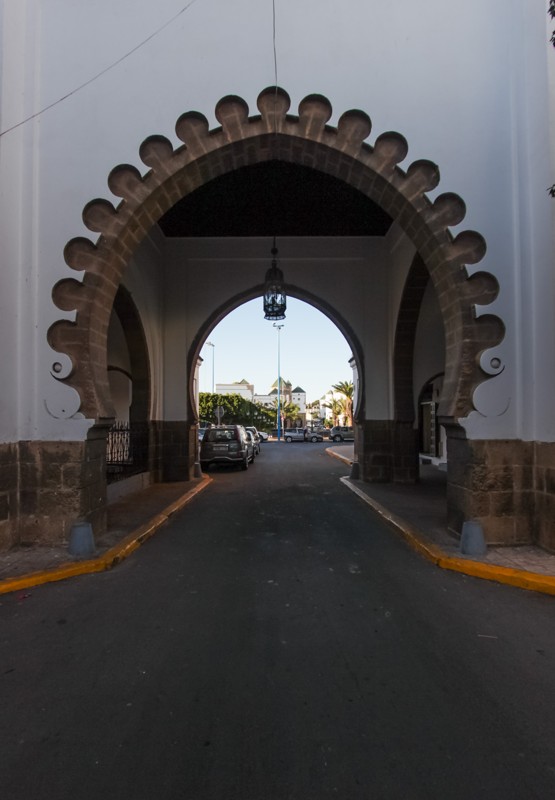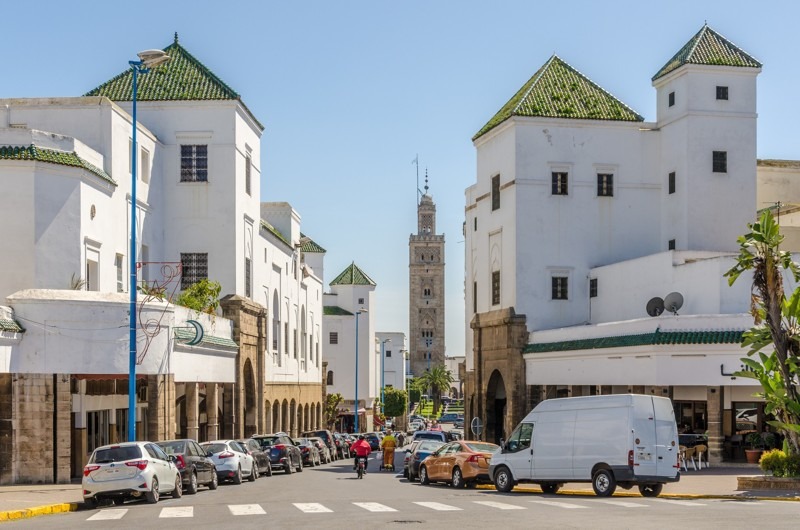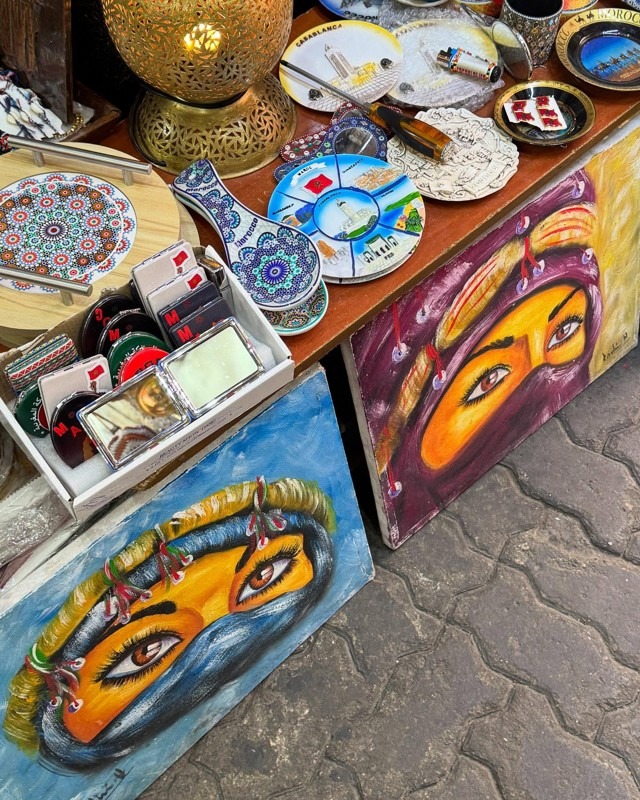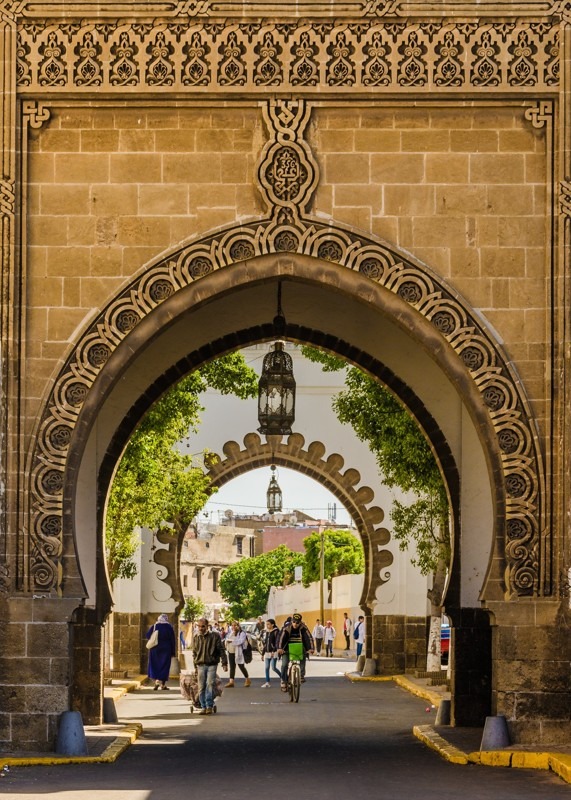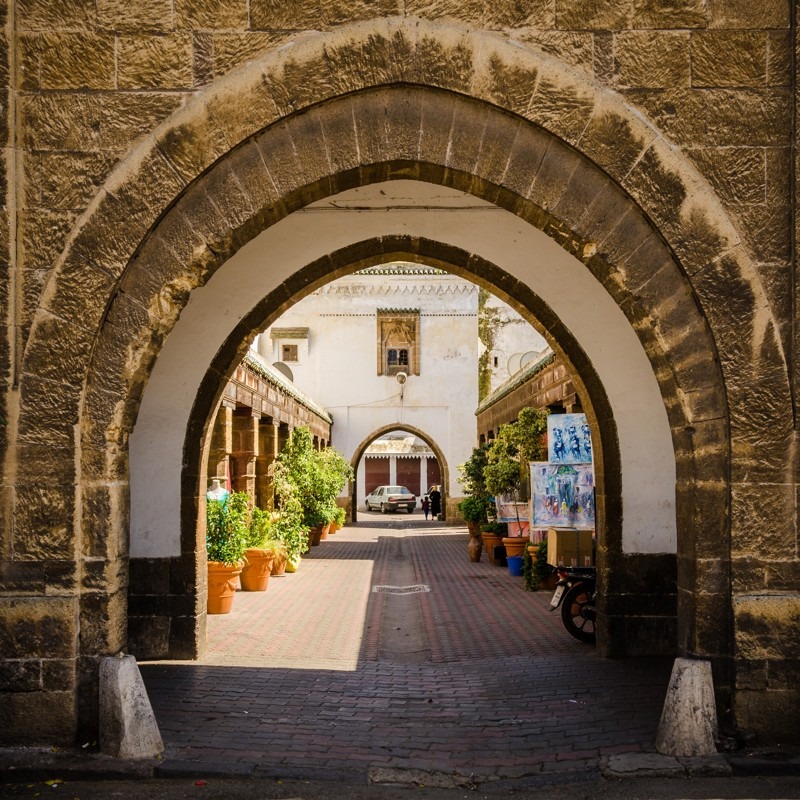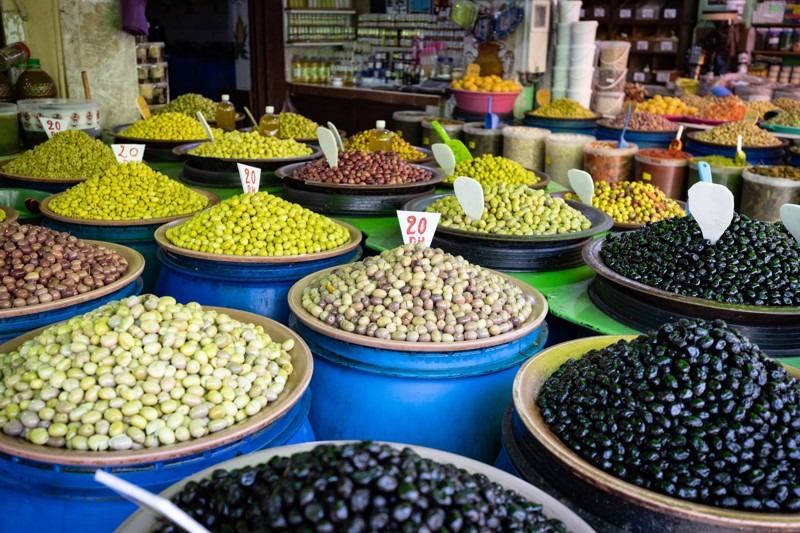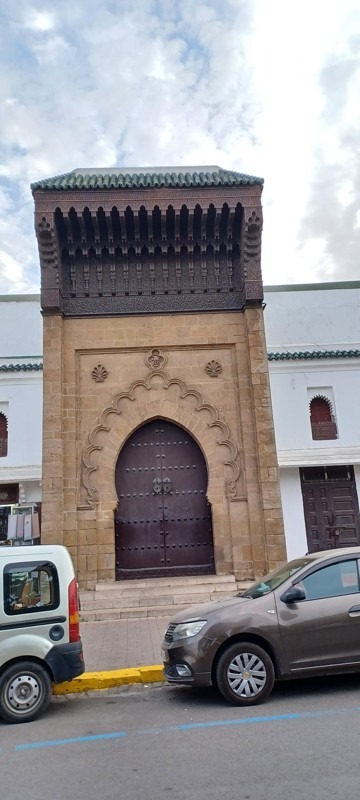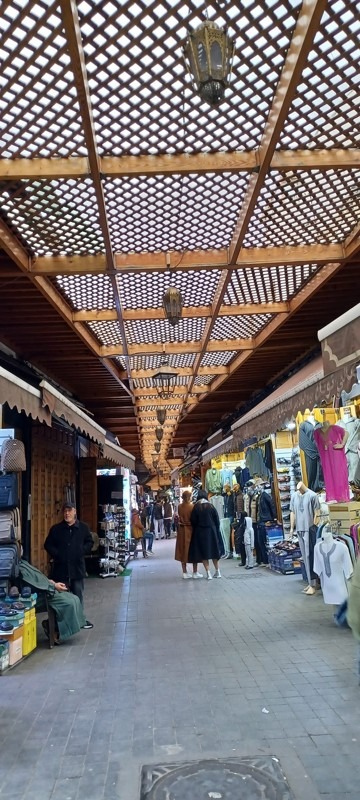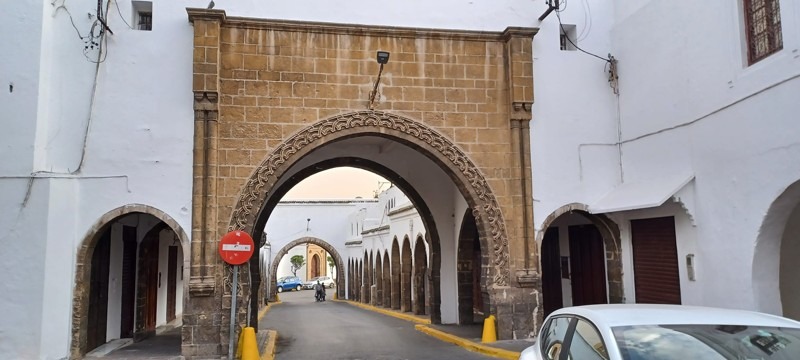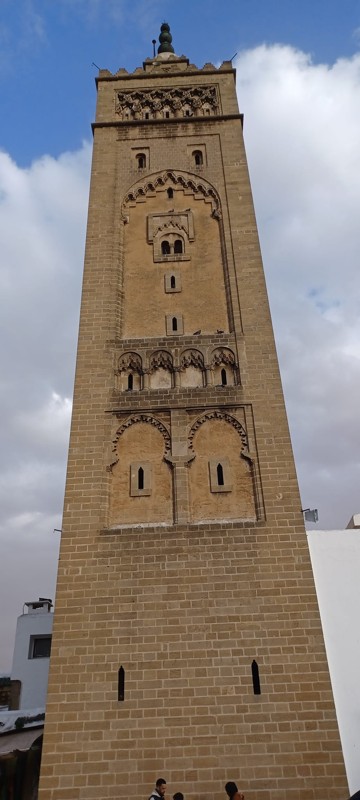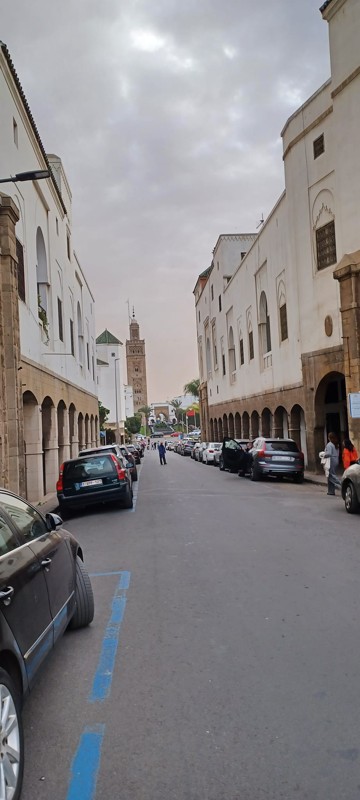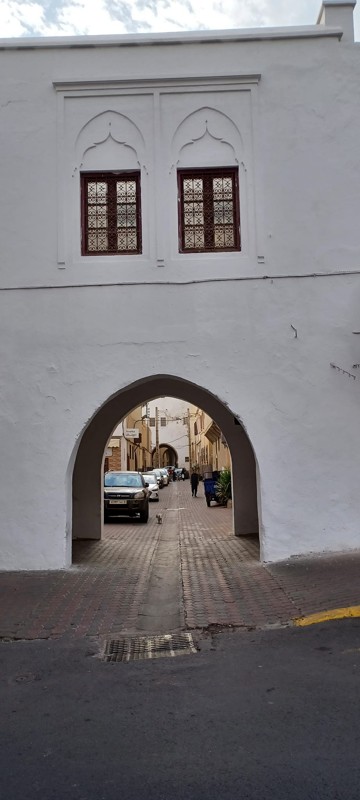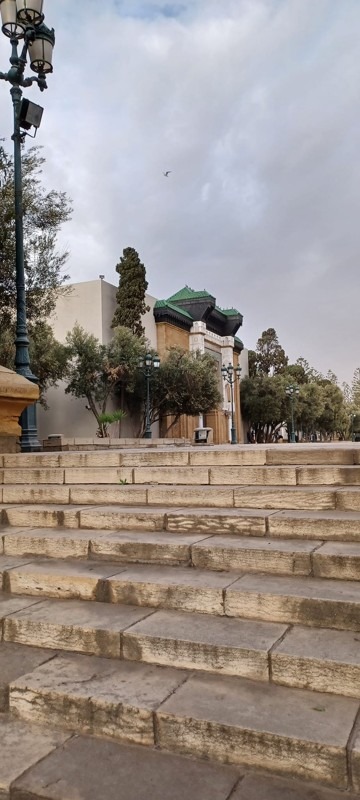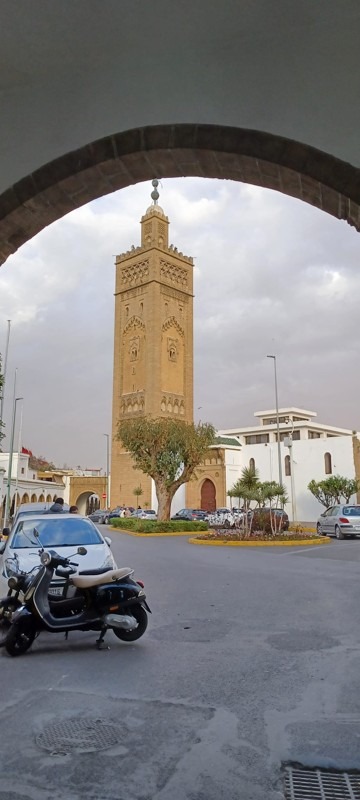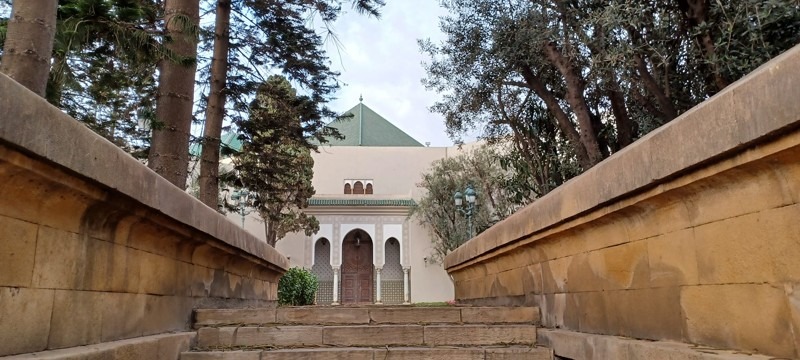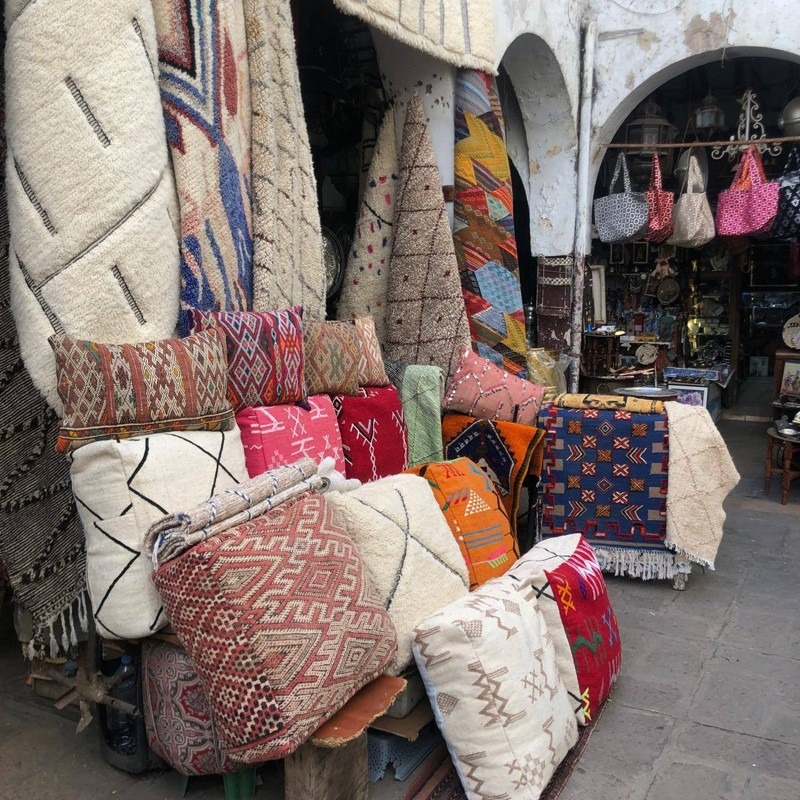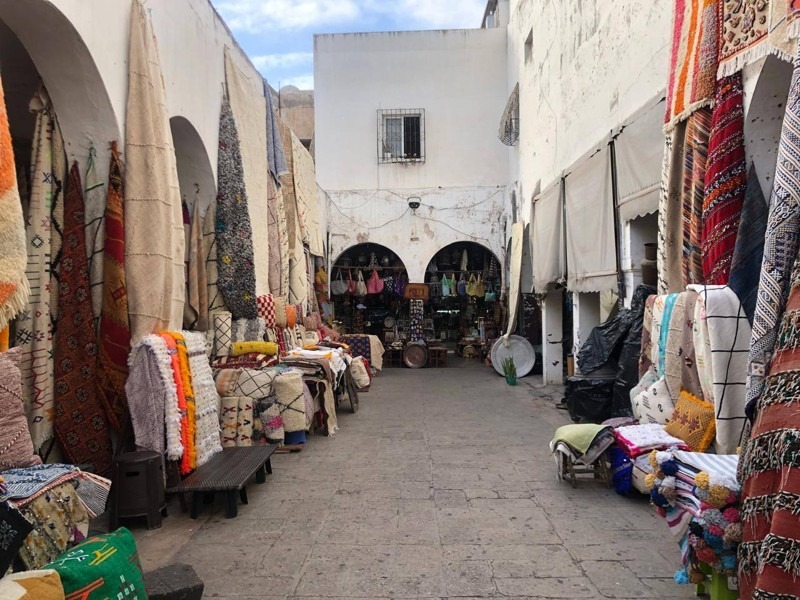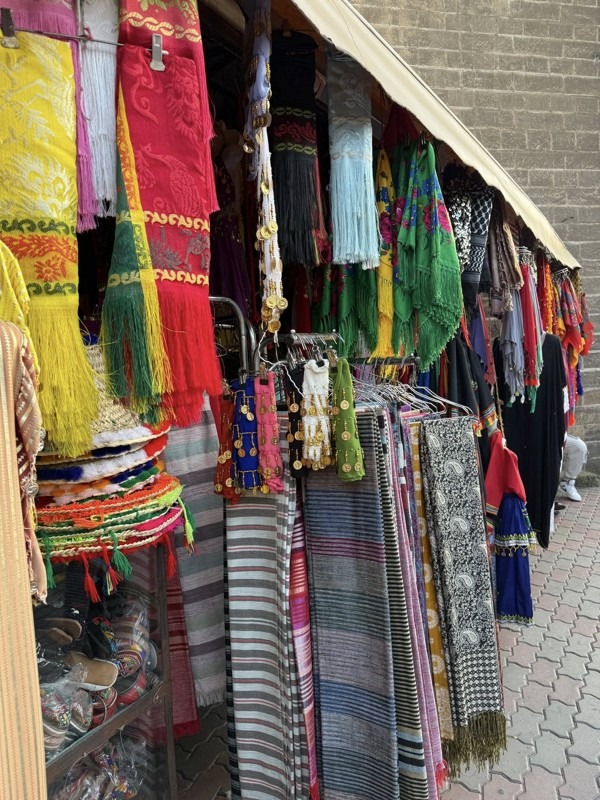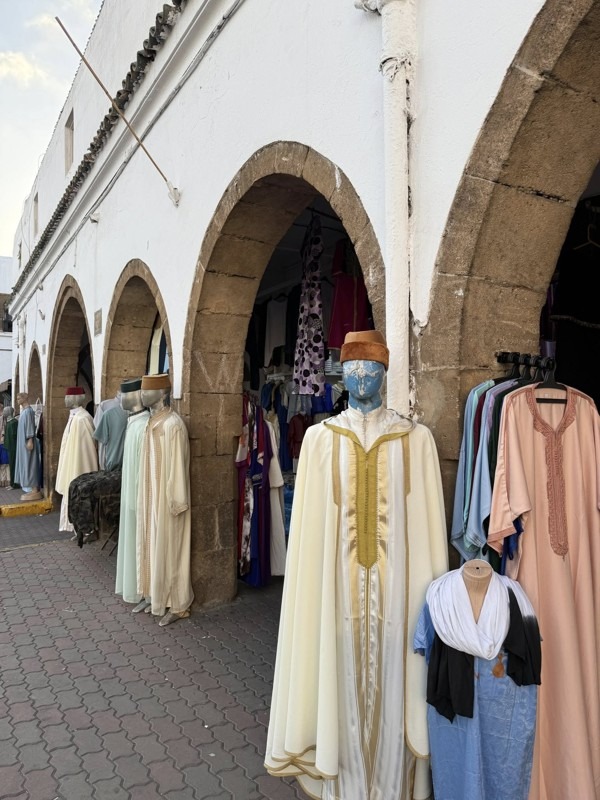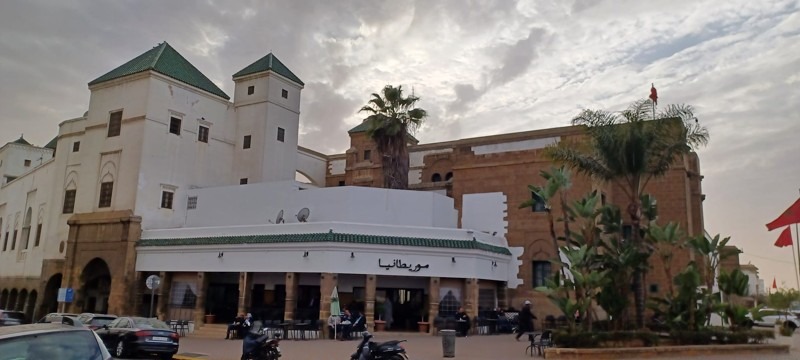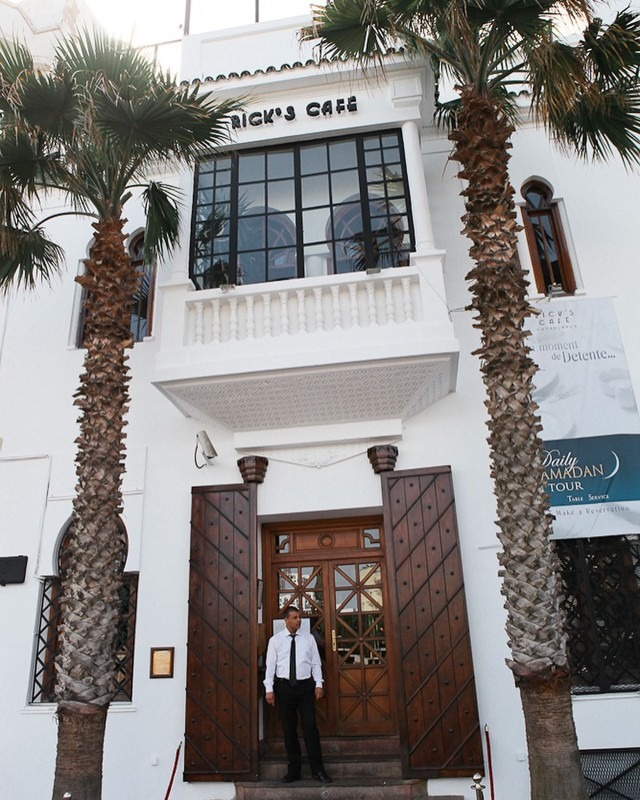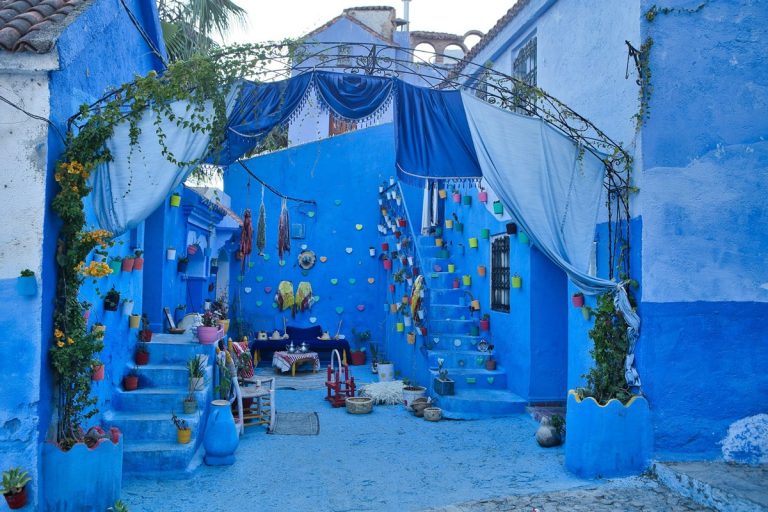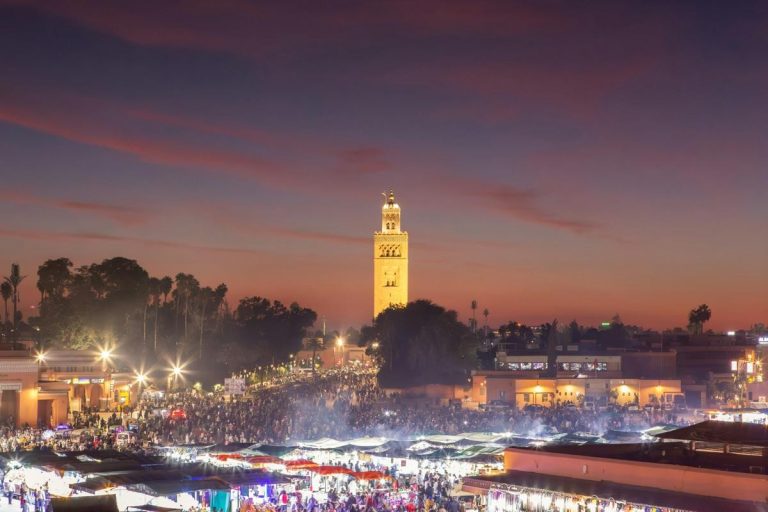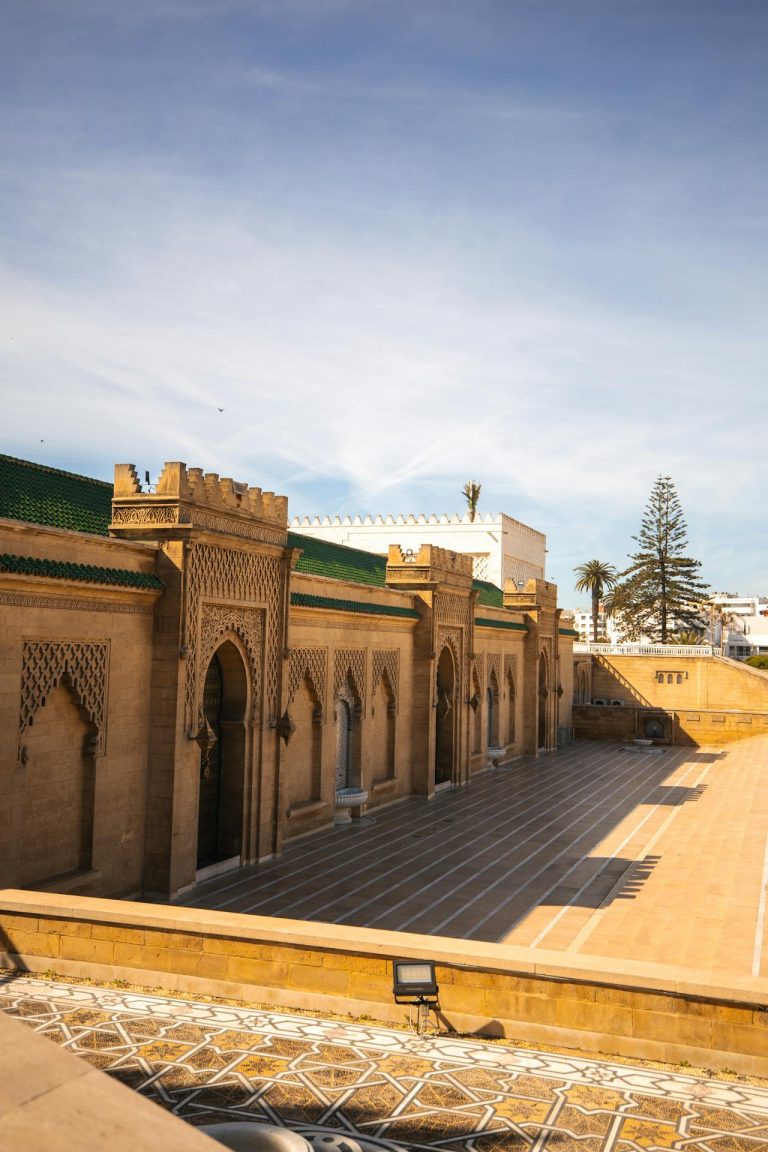A Weekend in Casablanca: 48 Hours in Morocco’s White City
A Weekend in Casablanca isn’t just another city break—it’s a plunge into Morocco’s beating economic heart, where Art Deco facades collide with ancient medinas, where the Atlantic whispers against modernist architecture, and where, honestly, you’ll find yourself completely rewriting whatever preconceptions you brought with you. Despite the numerous times I’ve traversed these streets, each visit unveils a new dimension of this intricate, paradoxical, and utterly enthralling city that simultaneously embodies Morocco’s most cosmopolitan metropolis and its deeply, authentically Moroccan essence.
The thing about Casablanca—or Dar al-Bayda, the “White City,” as we call it in Arabic—is that it doesn’t perform for tourists. Unlike Marrakech with its calculated charm or Fes with its preserved medievalism, Casa (as locals affectionately call it) simply… exists. It works, it thrives, and it pulses with an energy that’s entirely its own. And that, paradoxically, is exactly what makes it magical.
Why Casablanca Deserves Your Weekend
Let me be honest with you: Casablanca wasn’t love at first sight for me. My first visit, years ago, left me slightly bewildered—where was the exotic Morocco I’d imagined? But that’s the beautiful trick of this city. It reveals itself slowly and generously to those willing to look beyond the surface. Today, it’s become one of my favorite places to return to, precisely because it refuses to be easily categorized.
The city has transformed into one of the largest urban centers in Africa, an economic and commercial powerhouse that handles approximately 38% of Morocco’s maritime traffic through its massive port complex. Yet somehow, amidst all this commerce and modernity, the soul of Morocco persists—in the steam rising from a pot of mint tea in the old medina, in the call to prayer echoing across the Corniche, and in the scent of orange blossoms near the Royal Palace.
Day One: Where Ocean Meets History
1. Morning: The Hassan II Mosque and the Atlantic’s Embrace
The Hassan II Mosque isn’t just the largest mosque in Africa or the fifth largest in the world—it’s a love letter to Moroccan craftsmanship, an architectural prayer extending over the Atlantic itself. I always tell visitors to arrive early, around 9 AM, when the morning light catches the 210-meter minaret just so, and the glass floor—yes, the glass floor—reveals the ocean floor beneath in all its mysterious beauty.
King Hassan II commissioned this extraordinary structure with a vision drawn from a Quranic verse: “The Throne of God was upon the water.” And French architect Michel Pinseau, along with more than 6,000 Moroccan artisans, spent six years (1987-1993) bringing that vision to life. The result? A mosque that can accommodate 25,000 worshippers inside and another 80,000 in its courtyard, with a retractable roof that opens in just 5-6 minutes to reveal the sky—particularly breathtaking during Ramadan evenings.
The guided tours (available in multiple languages throughout the day, around 100-120 MAD) are one of the few opportunities for non-Muslims to step inside a functioning mosque in Morocco. Remove your shoes, quiet your mind, and prepare to be overwhelmed by Murano glass chandeliers, hand-carved cedar wood, intricate plaster moldings, and marble floors that imitate traditional Moroccan carpets. Everything—and I mean everything—was crafted by hand.
Pro tip from someone who’s made this mistake: don’t schedule your visit during prayer times. The mosque closes to tourists then, and rightfully so. Please review the schedule ahead of time, particularly on Fridays.
2. Late Morning: Getting Lost (Intentionally) in the Old Medina
After the grandeur of the Hassan II Mosque, I always walk—yes, walk; it’s only about 20 minutes—to the old medina. This pre-20th-century quarter remains frozen in time, its narrow alleyways and ancient walls standing largely unchanged for centuries. Unlike the tourist-packed medinas elsewhere, Casablanca’s old medina feels authentically lived-in, chaotic in the best possible way.
The walls here whisper stories; the forts remember sieges; the vendors selling leather goods, argan oils, household linens, and ancestral antiques aren’t performing tradition—they’re living it. I’ve bought some of my favorite babouches (traditional slippers) here for a fraction of what they cost in Marrakech, after some good-natured haggling, of course. Not haggling would almost be an insult, honestly.
Duck into one of the small open-air cafes—my favorite is a nameless spot near the northern gate where the owner, Hassan, makes the strongest mint tea in the medina—and just watch. Watch the donkey carts navigate impossibly narrow streets, watch the spice vendors measuring saffron with centuries-old scales, and watch life unfold at its own unhurried pace.
3. Afternoon: The Habous Quarter and Culinary Traditions
For lunch and some serious things to do in Casablanca for a weekend, head to the Habous district, about a 15-minute taxi ride (or 30 MAD). This “new medina,” built by the French in the 1930s, offers a fascinating hybrid of Moroccan tradition and colonial urban planning. The souk here is more organized than the old medina but no less authentic.
Abdou’s carpet stall has been here for 50 years—I know the history because he tells everyone who stops, his weathered hands gesturing proudly at his handwoven treasures from different regions. I once spent an hour here learning the difference between Berber and Arab weaving techniques while sipping tea. The pouf I bought that day (negotiated down from 35 to 30 MAD after some theatrical back-and-forth) still sits in my riad.
But what truly shines in Habous is its hidden gem. The Bennis Pastry Shop, a fourth-generation institution, is where Sabrina continues her great-grandparents’ legacy. The sales area was literally her grandparents’ home—the room where her father was born now displays mountains of traditional Moroccan sweets. The corne de gazelle (gazelle horn) is the undisputed queen here, and Sabrina occasionally opens her kitchens for impromptu baking lessons.
I’ve tried making these delicate pastries myself under Nadia’s patient (well, relatively patient) guidance. “Minimize!” she kept saying as my gazelle horns emerged, looking more like confused elephants. The experience is humbling, hilarious, and utterly worth it—even if your creations emerge with holes in the middle. They bake 500 kg of pastries daily across the street, so at least you know your misshapen attempts will be in good company before emerging golden and perfect from the ovens.
For a proper weekend food tour in Casablanca, order the pastilla (savory-sweet pigeon or chicken pie) and a selection of traditional pastries. Expect to spend around 150-200 MAD per person for a feast.
4. Evening: The Corniche and Sunset Reflections
As afternoon fades, join Casablancan families on the Corniche, the oceanfront promenade that stretches for kilometers along the Atlantic. On weekends, this becomes the city’s living room—children play, couples stroll, vendors sell grilled corn and roasted nuts, and the ocean provides a constant, calming soundtrack.
I’ve walked this Corniche in every possible mood and weather. There’s something therapeutic about the Atlantic here—less dramatic than the cliffs further north, but with a steady, reliable presence that mirrors the city itself. The light before sunset turns everything golden, with the Hassan II Mosque visible in the distance like a beacon.
For dinner, resist the tourist traps directly on the Corniche. Instead, venture slightly inland to La Sqala, set in an old Portuguese fortification near the old medina. The traditional Moroccan cuisine here is exceptional (try the lamb tagine with prunes and almonds), the setting is atmospheric with candlelit tables among ancient cannons, and the prices are surprisingly reasonable (200-300 MAD per person with wine).
Day Two: Modern Contrasts and Hidden Treasures
1. Morning: Art Deco Heritage and Urban Exploration
Start your second day with coffee and croissants (yes, the French influence persists deliciously) at a café near the Arab League Park. This 30-hectare green lung, designed by French engineer Albert Laprade in 1913, recently underwent a magnificent renovation. Opened in 1918, it’s been Casablanca’s symbol for over a century—and walking through it now, with its running palm-lined avenues, water points, and even a skatepark, you can see why.
The park is often called the “Oasis of Casablanca” thanks to its water lilies and exotic vegetation. It’s an ideal starting point for exploring the surrounding Art Deco district, where 1920s-30s buildings showcase the architectural legacy of the French protectorate. Some facades are pristine, lovingly restored; others are beautifully decaying, peeling paint revealing layers of history.
I always recommend a walking tour here—you can find local guides through your hotel or hire one through the tourism office (around 200-300 MAD for a 2-hour walk). They’ll show you hidden architectural gems like Cinema Rialto, a perfect Art Deco structure that transports you back to the 1930s. The contrast between these European-style boulevards and the traditional medina you explored yesterday perfectly encapsulates Casablanca’s identity crisis—or identity celebration, depending on how you look at it.
2. Mid-Morning: Rick’s Café—The Movie Magic
Look, I know Rick’s Café is touristy. I know it was only opened in 2004, not the 1940s. I know the 1942 film “Casablanca” was entirely shot in Hollywood, not here. But you know what? I don’t care, and neither will you once you step through those doors.
Former American diplomat Kathy Kriger created this meticulous recreation of the movie set, and walking in genuinely feels like time travel. Period-appropriate decor, a pianist playing “As Time Goes By,” televisions broadcasting the film on loop across multiple floors—it’s theatrical, yes, but wonderfully so.
Reservations are absolutely necessary (book at least a day in advance), and there’s a sophisticated dress code (no shorts or flip-flops). The menu offers excellent Moroccan-international fusion—the goat cheese salad is unexpectedly wonderful, and Rick’s brownies might be the best dessert in the city. Expect to pay 300-500 MAD per person for lunch with drinks.
Is it authentic Moroccan culture? Absolutely not. Is it a unique Casablanca experience that somehow captures the city’s ability to blend fantasy and reality? Absolutely yes.
3. Afternoon: Natural Escapes and Local Flavors
If you’re including a weekend in your Casablanca itinerary and seeking nature, consider a trip to Bouskoura Forest, about 20 km northeast of the center. This 1,200-hectare green space, dominated by eucalyptus trees with scattered palms and pines, offers kilometers of gentle trails perfect for jogging, walking, or family picnics.
I’ll be honest—you’ll need a car or taxi to get there (negotiate around 150-200 MAD round trip with waiting time), and it’s not exactly wilderness. On a clear day, the eucalyptus scent in the air and families gathering under the trees provide a completely different perspective on Casablanca. The city loses 1.22 hectares of tree cover annually, making these green spaces increasingly precious.
Alternatively, stay in the city and indulge at Oliveri Glacier, arguably Casablanca’s most famous ice cream parlor since 1950. The family still uses traditional techniques to create creamy, brilliant flavors comparable to Italy’s finest gelaterias. The queues get longer in the evening, but the wait is genuinely worth it. Pistachio or caramel in the Mediterranean climate? I lean toward pistachio, but honestly, you can’t go wrong.
4. Evening: The Royal Palace and Twilight Wanderings
Your 2-dayCasablanca travel guide wouldn’t be complete without at least glimpsing the Royal Palace of Casablanca in the Habous district. This masterpiece of Islamic architecture, surrounded by orange groves and ornamental water features, serves as King Mohammed VI’s main Casablanca residence.
Access to the palace itself is strictly prohibited—heavily armed royal guards ensure this—but the immense open square in front, with its bubbling fountains and perfect views of the palace gates, is a popular photo spot. I’ve watched sunset paint the palace walls in shades of rose and gold countless times, and the royal guards (who occasionally crack a smile if you’re respectful) add to the atmospheric grandeur.
The grounds illustrate Morocco’s fascinating architectural history, blending traditional Islamic elements with contemporary security features in a way that’s… well, very Casablanca. If you’re extraordinarily lucky, you might spot the King arriving or departing, though I’ve only witnessed this once in all my years.
Navigating Casablanca: Practical Transport Wisdom
How to get around Casablanca deserves its own section because, frankly, it can be chaotic. The bus network exists and functions, but it’s significantly more crowded and confusing than other options. I generally avoid it unless I’m feeling particularly adventurous (or masochistic).
The Casa Tramway, launched in 2012, is the most contemporary and efficient option. Two lines (T1 and T2) connect major areas, running from approximately 6 AM to 10:30 PM. Tickets cost around 6-7 MAD, and the trams are clean, air-conditioned, and reliable. I use the tram whenever possible—it’s also an excellent way to observe daily Casablancan life.
Taxis come in two varieties: petit taxis (small red ones) and grand taxis (usually older Mercedes). Small taxis are perfect for short trips within the city, operating 24/7 and using meters (insist on this!). Expect to pay 15-30 MAD for most intracity journeys. Grand taxis handle longer distances and don’t use meters—negotiate the price before departing. For a cost estimate of a weekend trip to Casablanca, budget around 200-300 MAD total for taxi/tram transport over the weekend.
Ride-sharing apps like Careem and Heetch also operate here, offering slightly pricier but often more comfortable alternatives, especially late at night.
Where to Rest Your Head: Accommodation Insights
Best hotels for a weekend in Casablanca really depend on your style and budget. For that authentic Arabian Nights experience I mentioned earlier, consider a traditional riad. My friend Yves (yes, a Frenchman who’s been here 10 years) runs a magnificent century-old house with carved wooden doors, painted furniture by Moroccan artisans, and zellige-tiled bathrooms. Rooms range from 50-80 EUR, while dormitories for backpackers start at 30 EUR—both including breakfast with homemade Moroccan products on a peaceful, shaded terrace.
For something more upscale, the Four Seasons Casablanca or the Hyatt Regency offer international luxury with Moroccan touches, usually 150–300 EUR per night. The Hotel & Spa Le Doge provides excellent boutique accommodation near the Corniche at more moderate prices (100-150 EUR).
Budget travelers should look at hostels like Auberge de Jeunesse or smaller hotels in the city center (30-50 EUR). The hospitality is warm regardless of price point—Moroccans pride themselves on welcoming guests, and you’ll feel it everywhere.
Cultural Navigation and Practical Wisdom
Understanding Casablanca culture enhances every experience. French is widely spoken—you’ll likely be greeted in French first, and many of the economic elite speak it fluently, sometimes better than classical Arabic. However, Arabic and Islam remain the cultural foundation. Life here moves at a slower pace compared to New York or London, ensuring that you always have time for everything, even if you have to work hard during rush hour.
Darija, the Moroccan dialect blending Arabic with Spanish, German, and French influences, is the street language. Learning basic phrases—”salam aleikum” (peace be upon you), “shukran” (thank you), and “bslama” (goodbye)—will earn you warm smiles and sometimes better prices.
On Fridays, activities pause at prayer time. During Ramadan, most restaurants close during daylight hours, though international establishments maintain usual hours. I actually love visiting during Ramadan—the evening iftar (breaking fast) meals are spectacular community celebrations, and the pre-dawn energy has a special quality.
The local press is predominantly French and Arabic. If you’re here for a family weekend in Casablanca, note that Moroccans are extremely welcoming to children—restaurants, parks, and even upscale hotels accommodate families naturally. The culture values family time, especially visible on the Corniche during weekend afternoons.
Beyond the Weekend: Three-Day Extensions
If you’re working with a casablanca 3 day itinerary, that extra day opens beautiful possibilities. Take a day trip to Rabat (one hour by train, every 30 minutes, about 40 MAD). The capital has a more relaxed vibe, beautiful gardens, and the impressive Hassan Tower.Alternatively, visit the Portuguese coastal town of El Jadida (90 minutes south, accessible by train or grand taxi), with its UNESCO-listed Portuguese Cistern and charming beach town atmosphere.
Or simply slow down. Spend that third day revisiting favorite spots, shopping properly in the Habous souk, taking a cooking class (many riads and hotels offer them), or just sitting in a café watching Casablanca’s endless human theater unfold. Sometimes the best things about traveling happen when you stop, breathe, and just be there.
The Financial Reality: Weekend Budget Breakdown
Let’s talk about the numbers for how much your weekend trip to Casablanca will cost:
For a budget weekend: each person would need to pay for a hostel stay (60 EUR for 2 nights), street food and casual restaurants (200 MAD per day), tram and occasional petit taxi (150 MAD total), and attractions and activities (300 MAD). About 150 to 200 EUR in total.
Mid-Range Weekend: A comfortable hotel (200 EUR for 2 nights), restaurants and cafes (400 MAD per day), taxis and other transportation (300 MAD total), and attractions, tours, and activities (500 MAD). About 350 to 450 EUR in total.
Luxury Weekend: A four- or five-star hotel (500 EUR for two nights), fine dining (800 MAD per day), private transportation (500 MAD total), and guided tours and activities (800 MAD). Total: about 750 to 1000 EUR.
These are estimates—your actual spending depends on shopping, drinking habits, and spontaneous experiences (which I always recommend budgeting for). Morocco is still excellent value compared to European cities, especially at mid-range levels.
What to See in Casablanca: 2 Days of Essential Experiences
What to see casablanca 2 days ultimately depends on your interests, but certain experiences define the city. The Hassan II Mosque is a must-see. It’s the spiritual and visual center of modern Casablanca. The old medina gives you a sense of history and real street life. The Habous neighborhood strikes a balance between tradition and ease of access. The Corniche shows how the city and the Atlantic Ocean are connected. The Art Deco architecture shows how colonial history has shaped modern-day Casablanca.
But honestly? Some of my best Casablanca moments weren’t at famous sites at all. They were stumbling upon a Gnawa music performance in the old medina (traditional Moroccan music with West African roots, utterly hypnotic), sharing tea with a carpet seller while learning about regional weaving patterns, watching sunset from a random rooftop café, or getting utterly lost in residential neighborhoods where tourists never venture and discovering the real, unfiltered Casablanca.
The city rewards people who are willing to explore beyond the surface and ask questions. It’s not a museum piece; it’s a city that works and lives every day and has amazing history, architecture, and culture woven into its daily life.
Essential Practical Information
Frequently Asked Questions
Final Reflections: Casablanca’s Unexpected Gift
Here’s the thing about Casablanca that I’ve struggled to articulate for years: it’s not beautiful in the conventional tourism-brochure sense. It doesn’t have Marrakech’s exotic allure or Fes’s preserved medieval splendor. The medina is smaller and rougher. The beaches aren’t the best in Morocco. The traffic can be infuriating, the pollution sometimes overwhelming, and the contrasts jarring.
But there’s an honesty here that I find deeply compelling. Casablanca doesn’t perform Morocco for you—it simply is Morocco, in all its complicated, modern, traditional, frustrating, beautiful reality. It’s businessmen in suits rushing to meetings past elderly men selling dates from wooden carts. It’s French café culture meeting Gnawa music traditions. It’s Africa’s largest mosque, built over the Atlantic using techniques passed down through generations of artisans.
I’ve watched the city transform over the years—new tramway lines, restored parks, emerging neighborhoods—while the essential character persists. The Casablancais (as locals call themselves) maintain their distinctive identity: practical and business-minded, but with deep wells of hospitality and pride in their city’s unique position in Moroccan life.
The weekend I’ve outlined above barely scratches the surface, honestly. You won’t “conquer” Casablanca in 48 hours—but you’ll understand why it captivated Humphrey Bogart (even if he never actually visited) and why it continues to draw everyone from business travelers to artists to wanderers seeking something beyond the well-worn tourist trail.
As the bells of the Sacred Heart Cathedral chime (yes, Casablanca has a Catholic cathedral, because of course it does—layers upon layers), and the Atlantic waves continue their eternal conversation with the shore, you’ll likely find yourself, as I always do, planning your return before you’ve even left.
A weekend in Casablanca isn’t about checking off items on a sightseeing list. It’s about letting this contradictory, cosmopolitan, and essentially Moroccan city sink into your mind, challenging your assumptions, and showing you that sometimes the best places to visit are the ones that can’t be easily categorized or packaged.
The sunset from the Corniche, with the Hassan II Mosque silhouetted against the sky and the call to prayer echoing across the water, will stay with you long after you get home. And one day, probably when you least expect it, you’ll feel that pull—the desire to go back to the White City, to walk its streets again, and to see what new things it might show you this time.
Casablanca’s gift isn’t love at first sight; it’s something deeper—a slow-burning interest that gets stronger with time and distance. Before you know it, you’re planning your next weekend and wondering what stories the city will tell you next.
Safe travels, and may your own Casablanca weekend write its own unexpected chapters in your travel story

